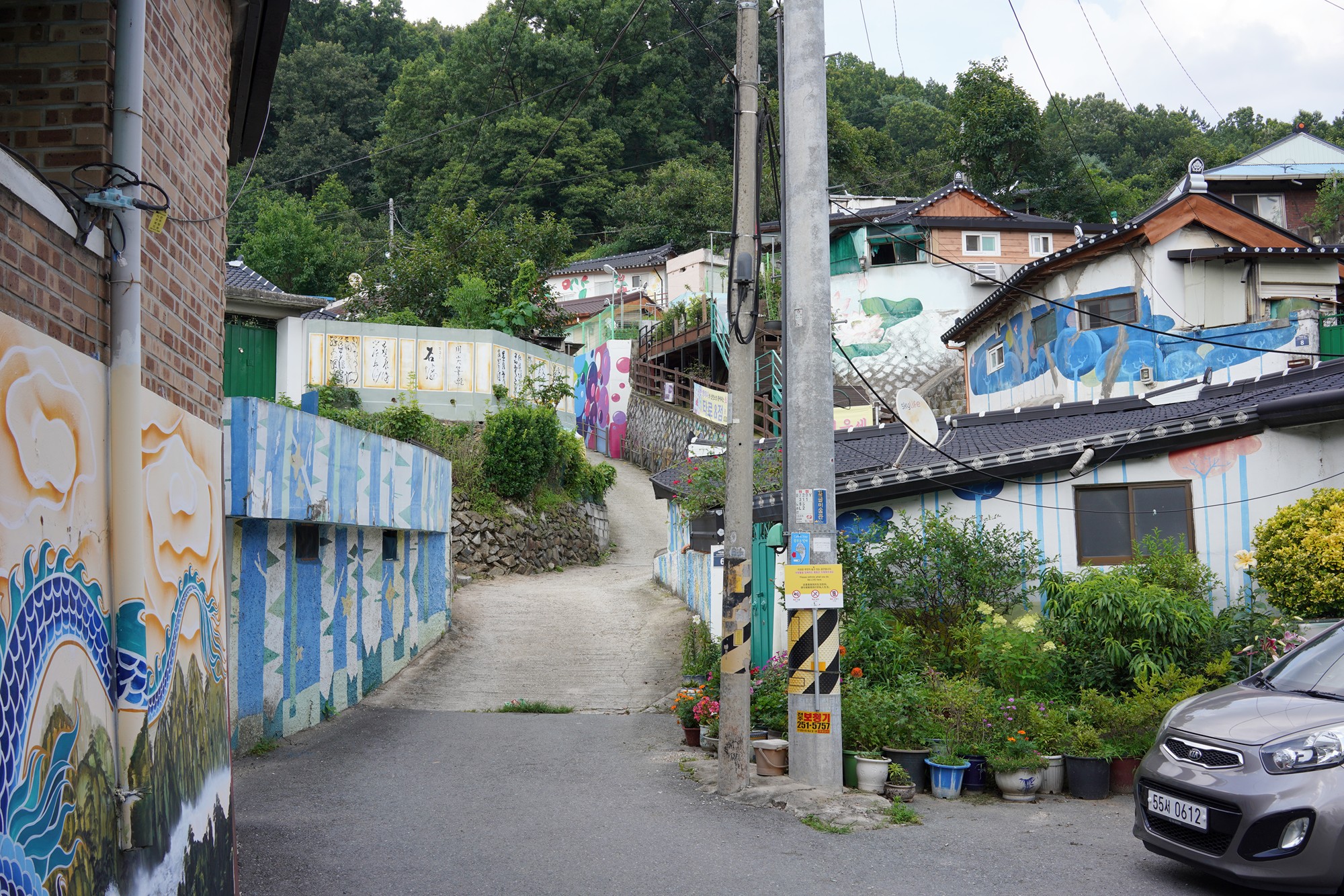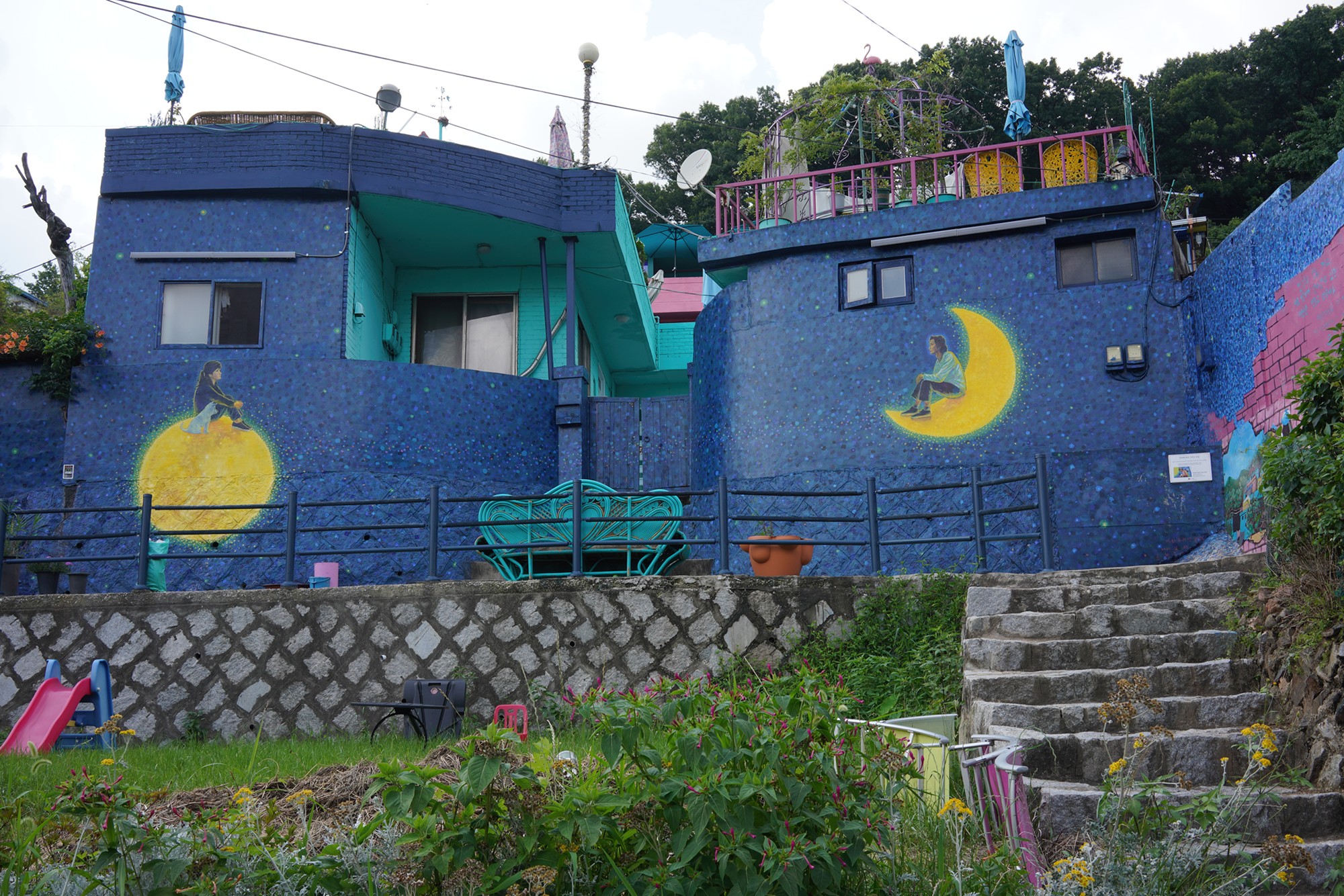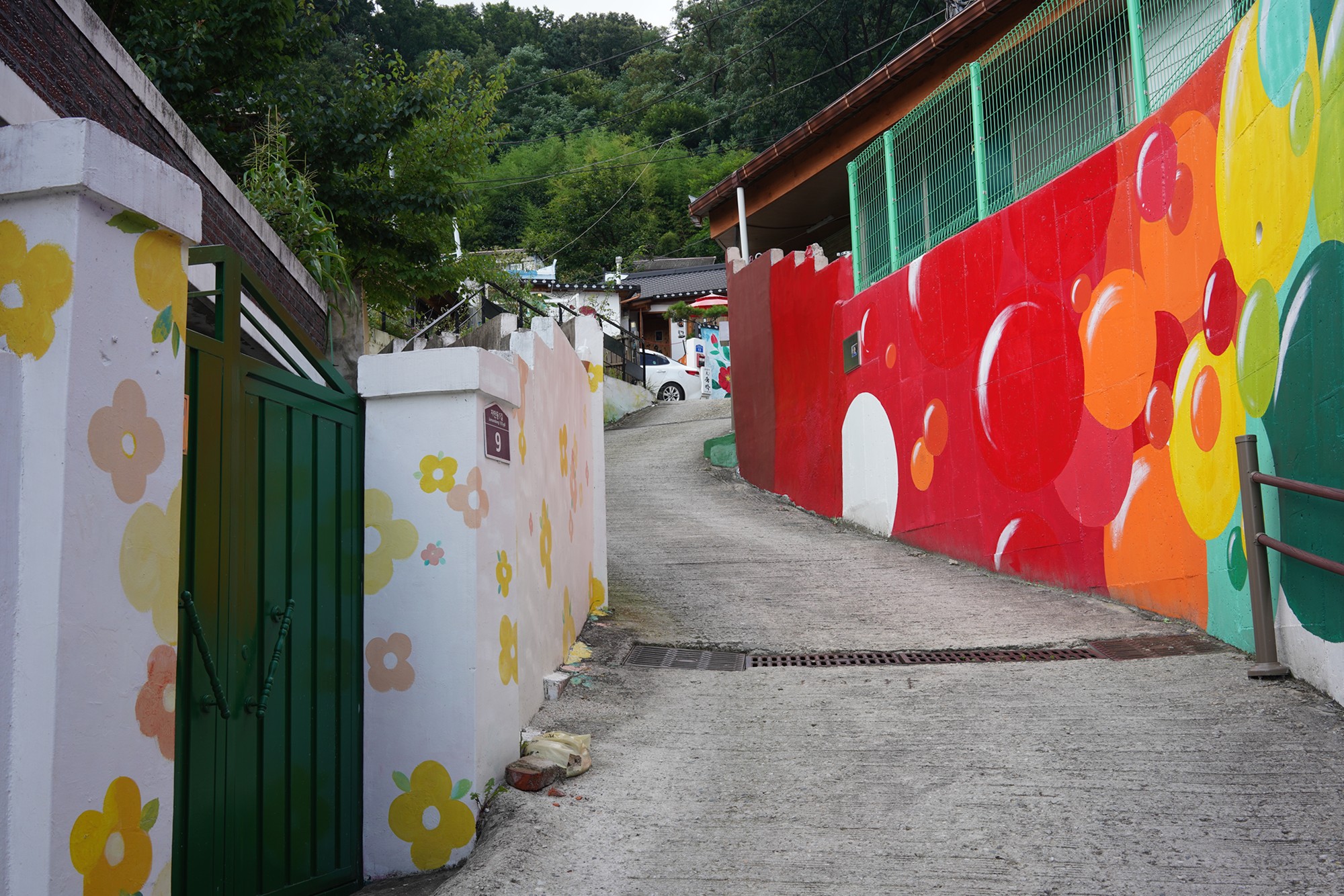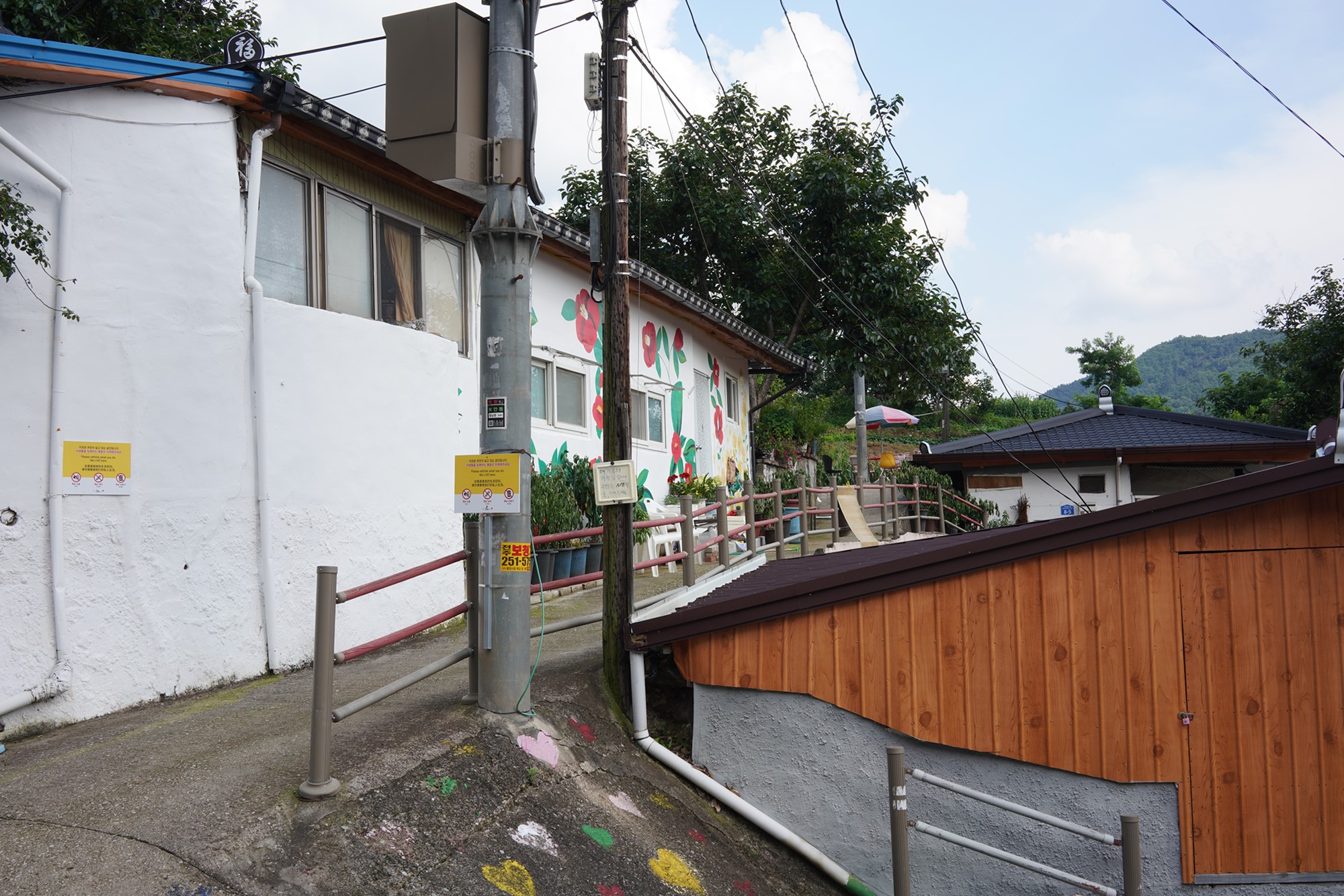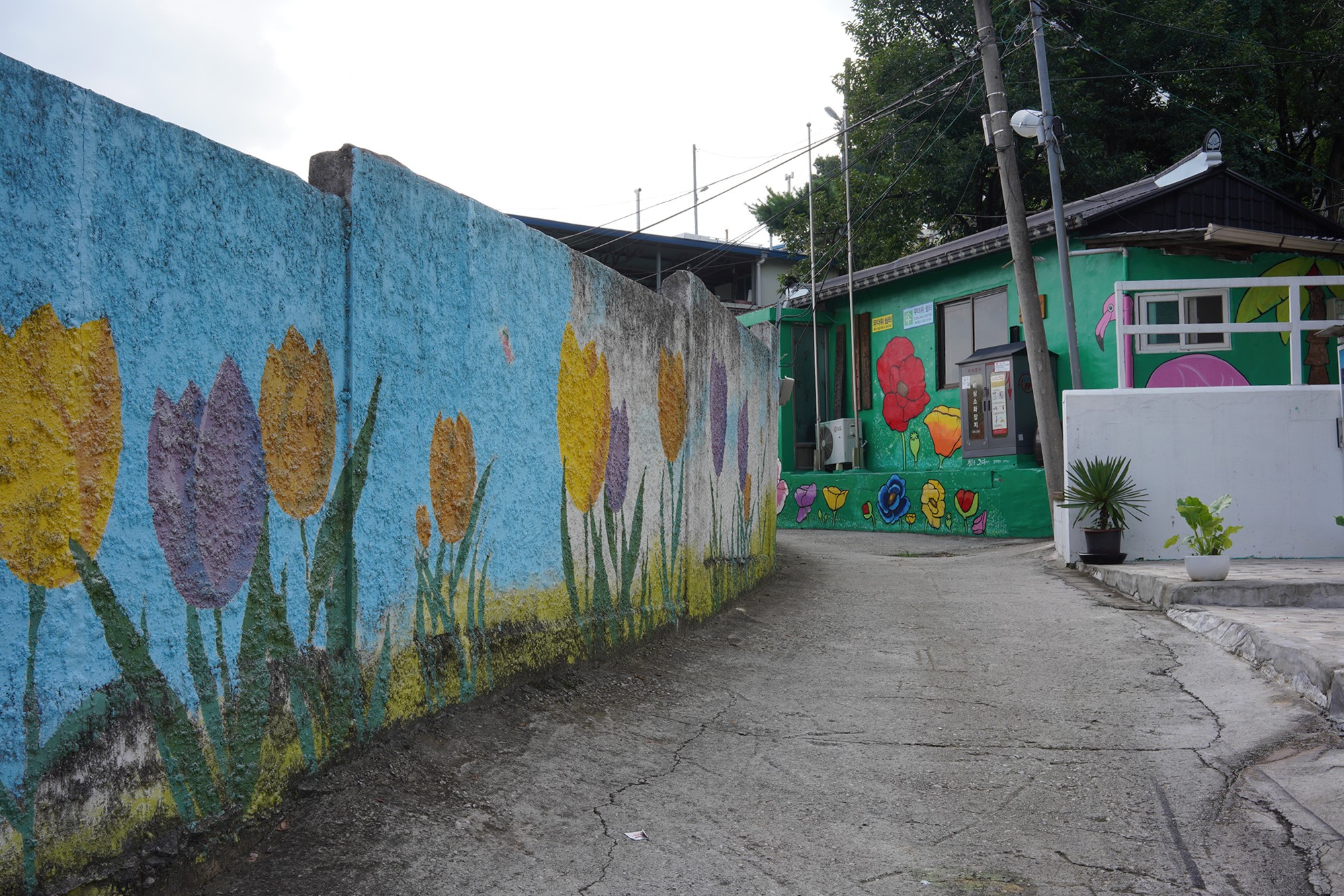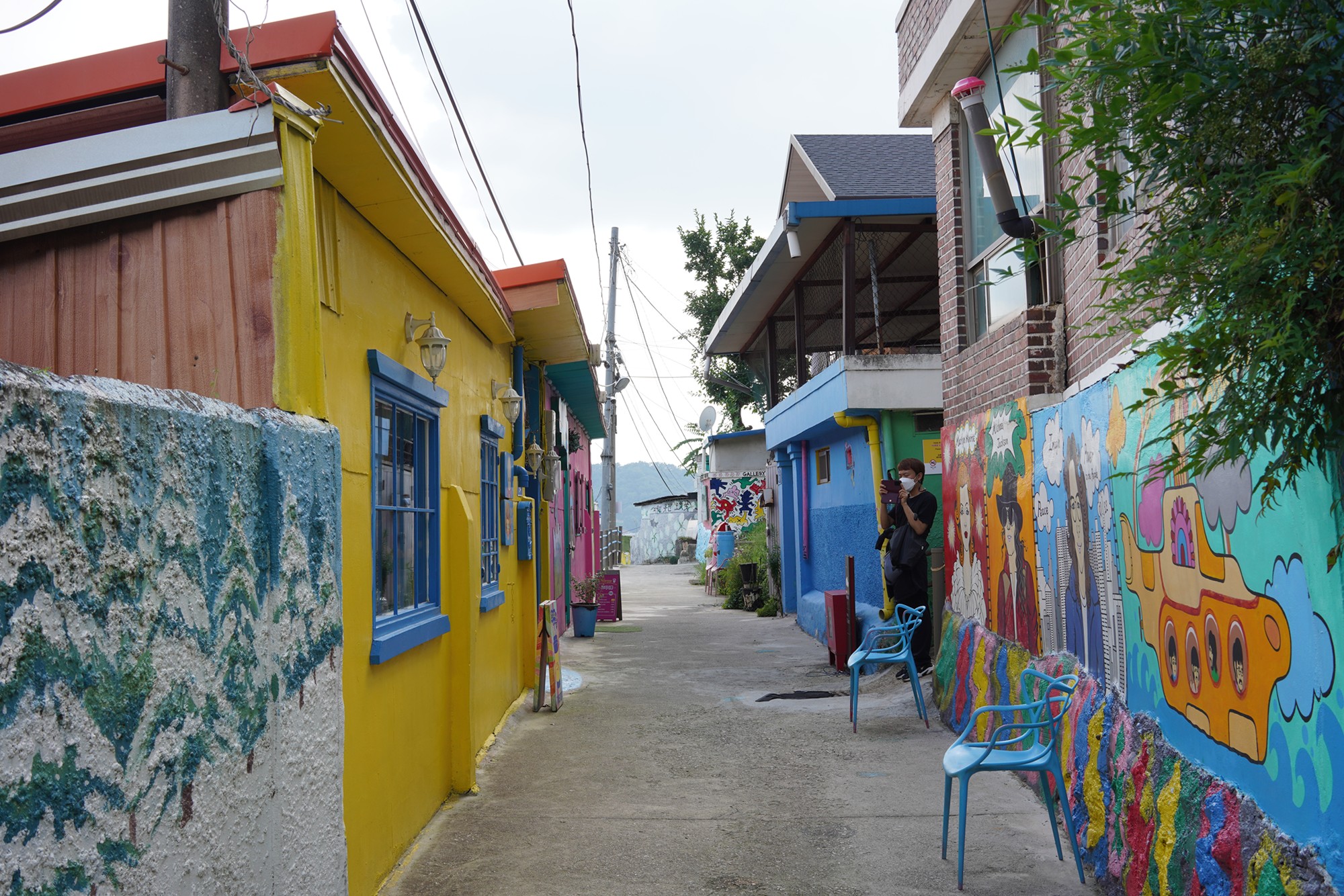Jeonju Hanok Village, South Korea
Jeonju Hanok Village is a village in the city of Jeonju, South Korea. The town features over 800 Korean traditional houses, known as ‘Hanok’. The town is renowned among Koreans and tourists for its traditional buildings, which stand in stark contrast to the modern city surrounding it. 223
Jeonju Hanok Village: 99 Girin-daero, Pungnamdong 3(sam)-ga, Wansan-gu, Jeonju-si, Jeollabuk-do, South Korea
Gyeonggijeon: 44 Taejo-ro, Pungnam-dong, Wansan-gu, Jeonju-si, Jeollabuk-do, South Korea
Nambu Market: 19-3 Pungnammun 1-gil, Pungnam-dong, Wansan-gu, Jeonju-si, Jeollabuk-do, South Korea
Jaman Mural Village: 1-8 Jaman-dong 1-gil, Pungnam-dong, Wansan-gu, Jeonju-si, Jeollabuk-do, South Korea
Date Picture Taken: July 2021
Jeonju Hanok Village
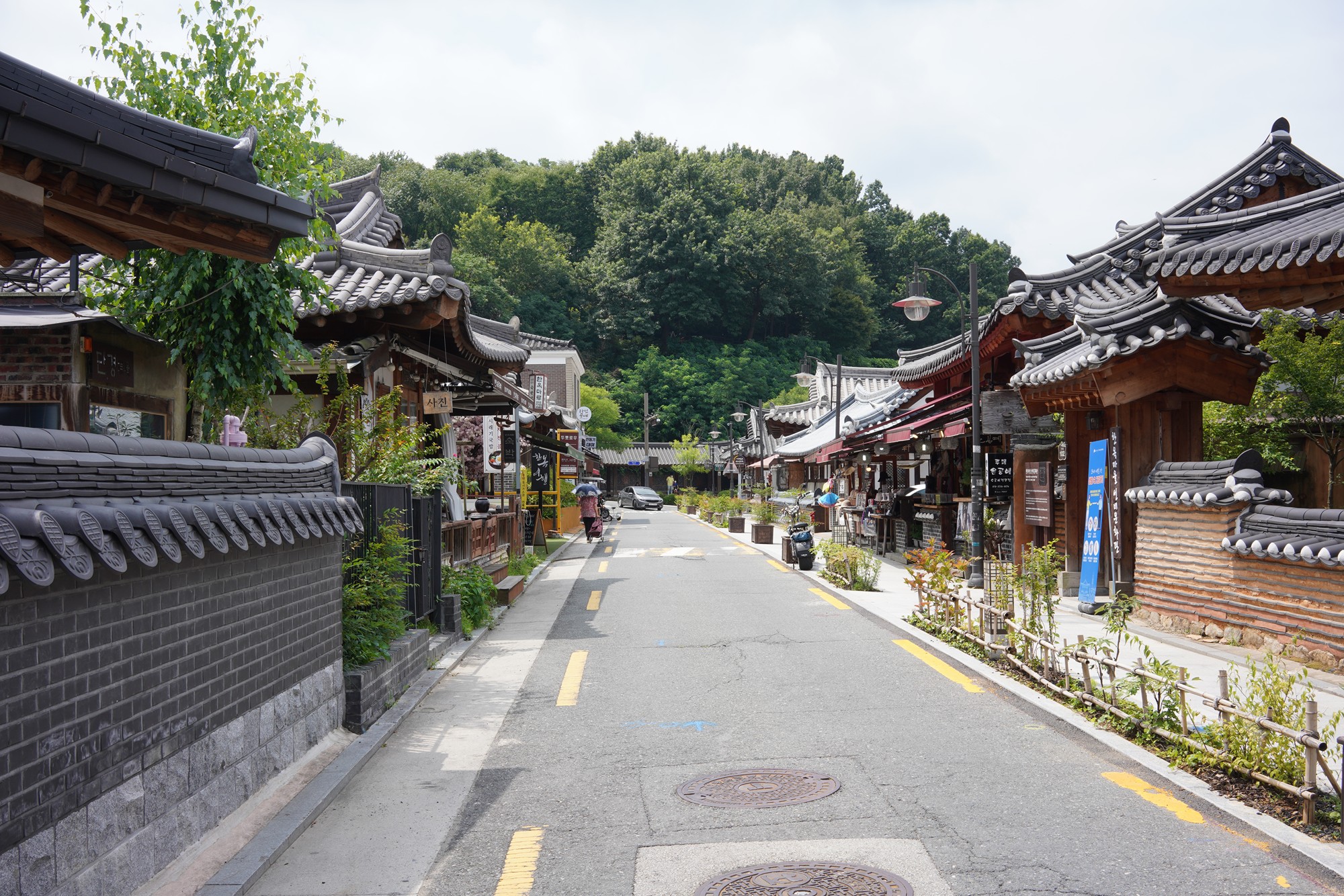
The grandson of the last emperor Gojong and the empress of Korea is living in this house.
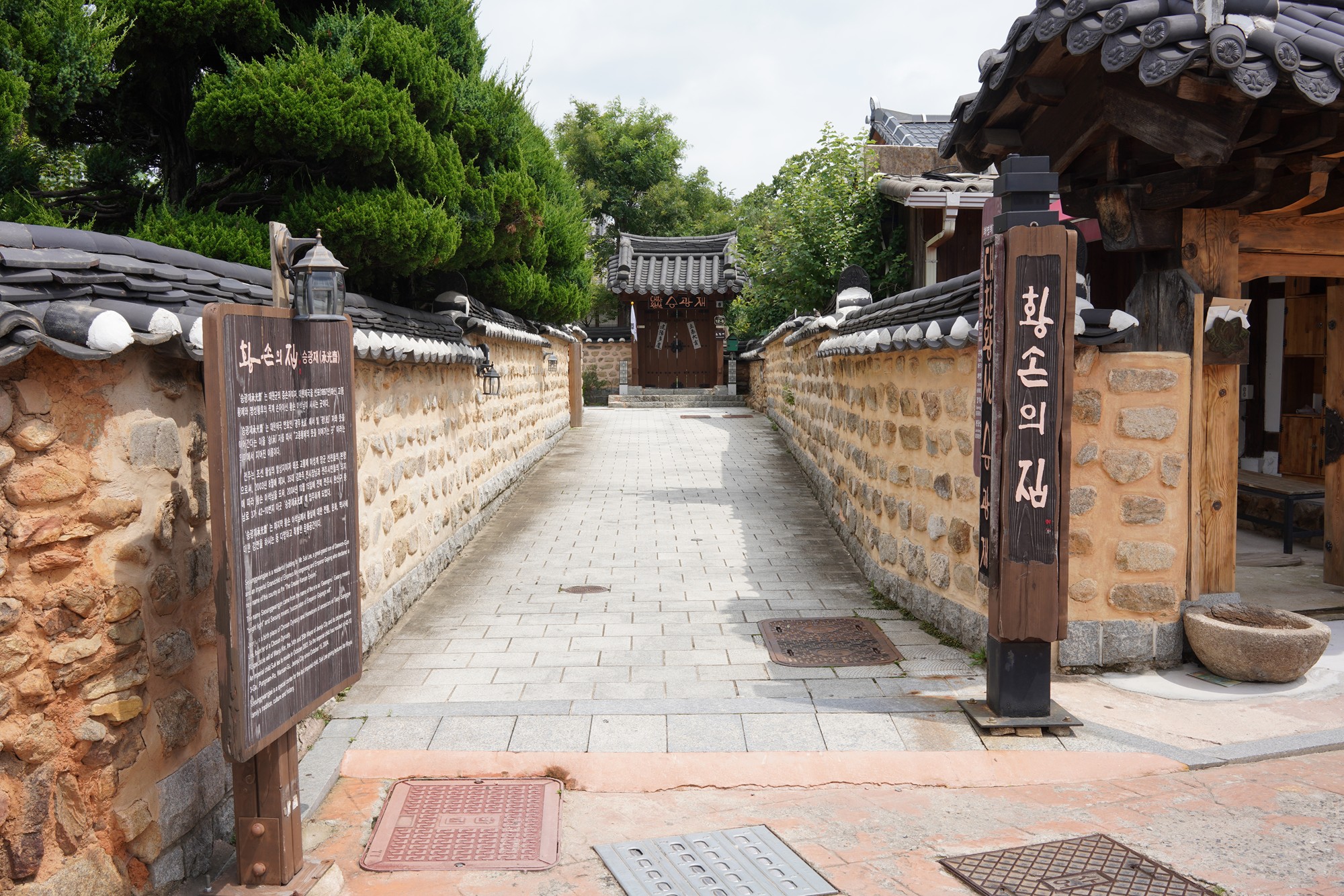
Many traditional houses are converted into restaurants.
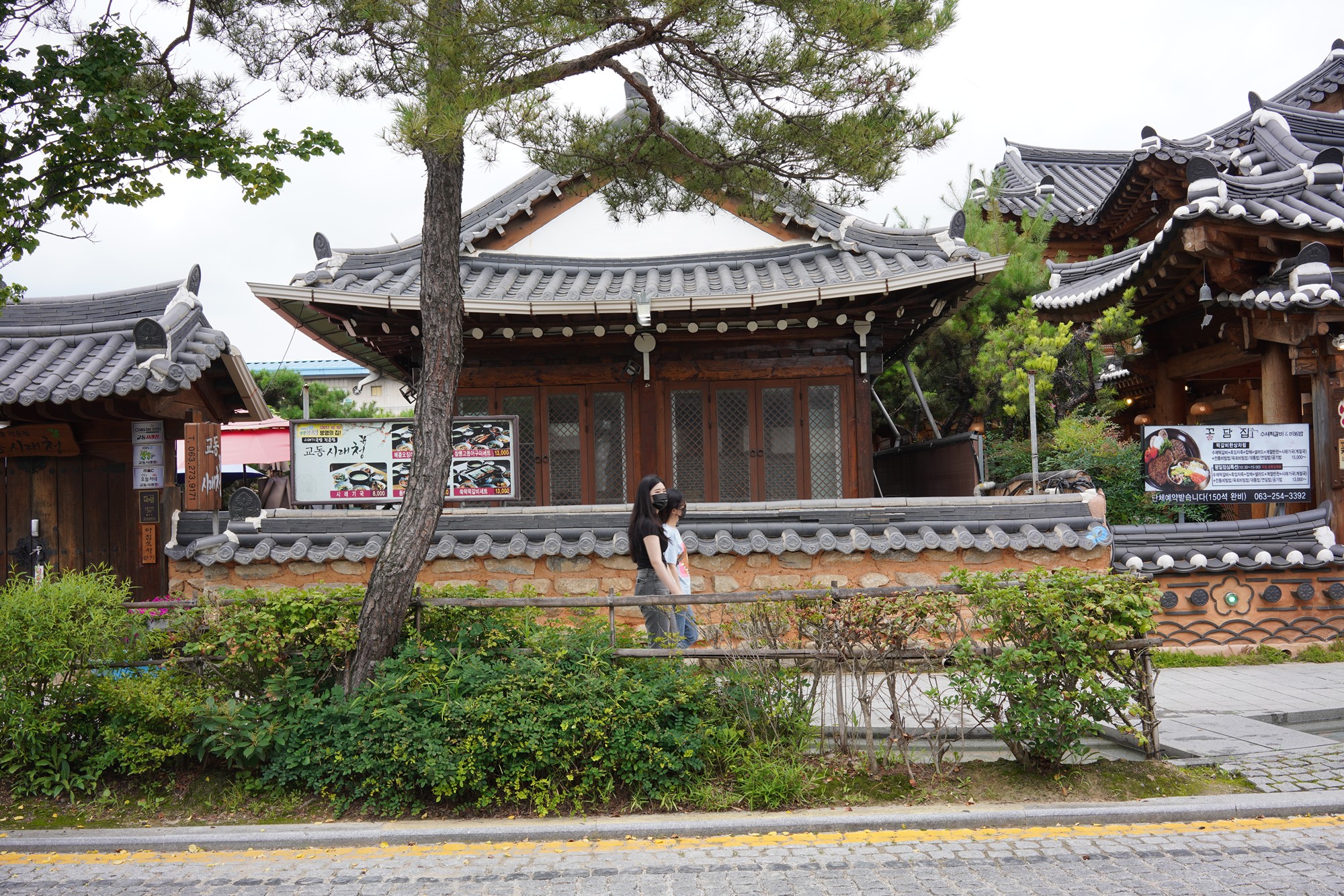
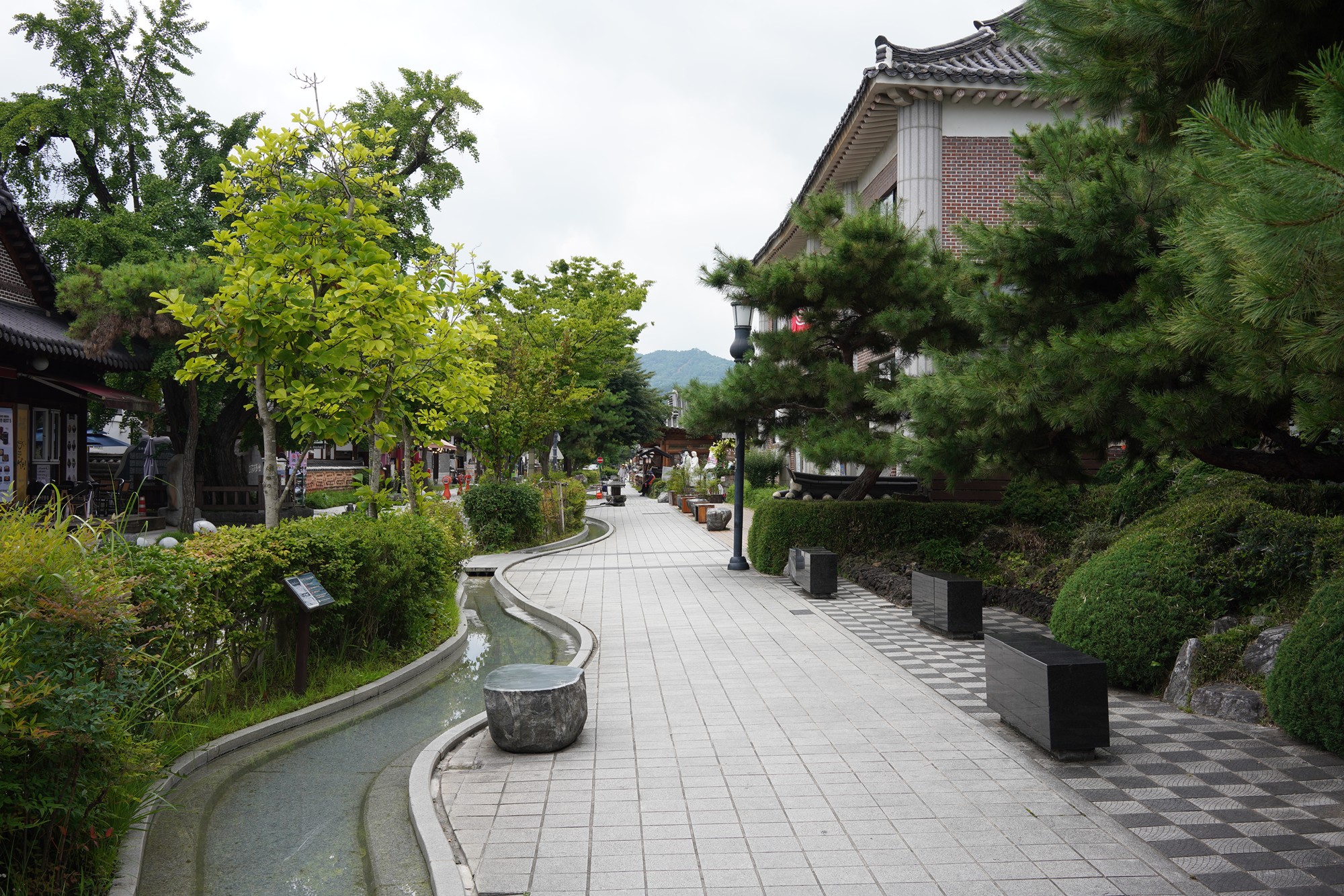
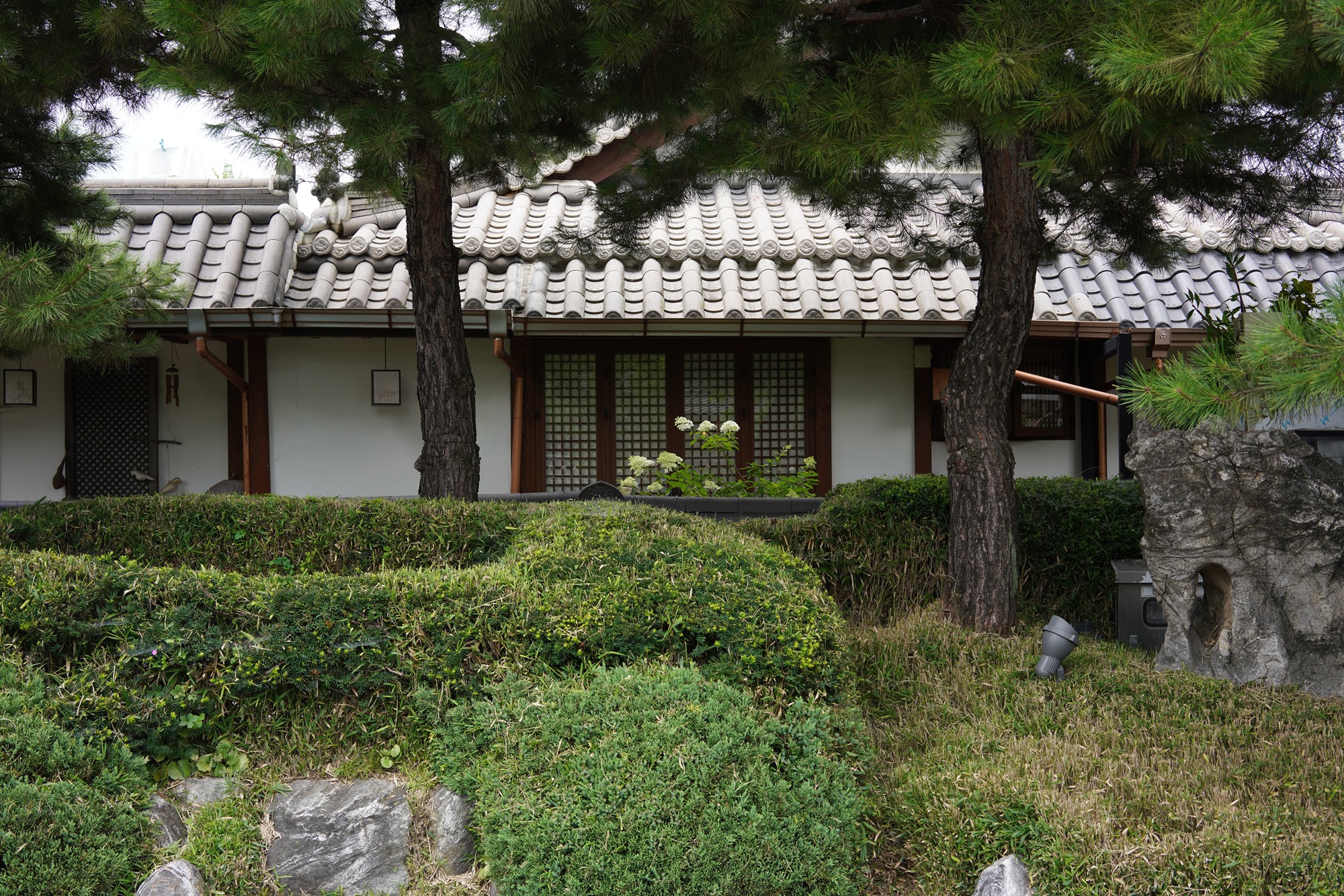
A quite few fortune tellers are here doing business.
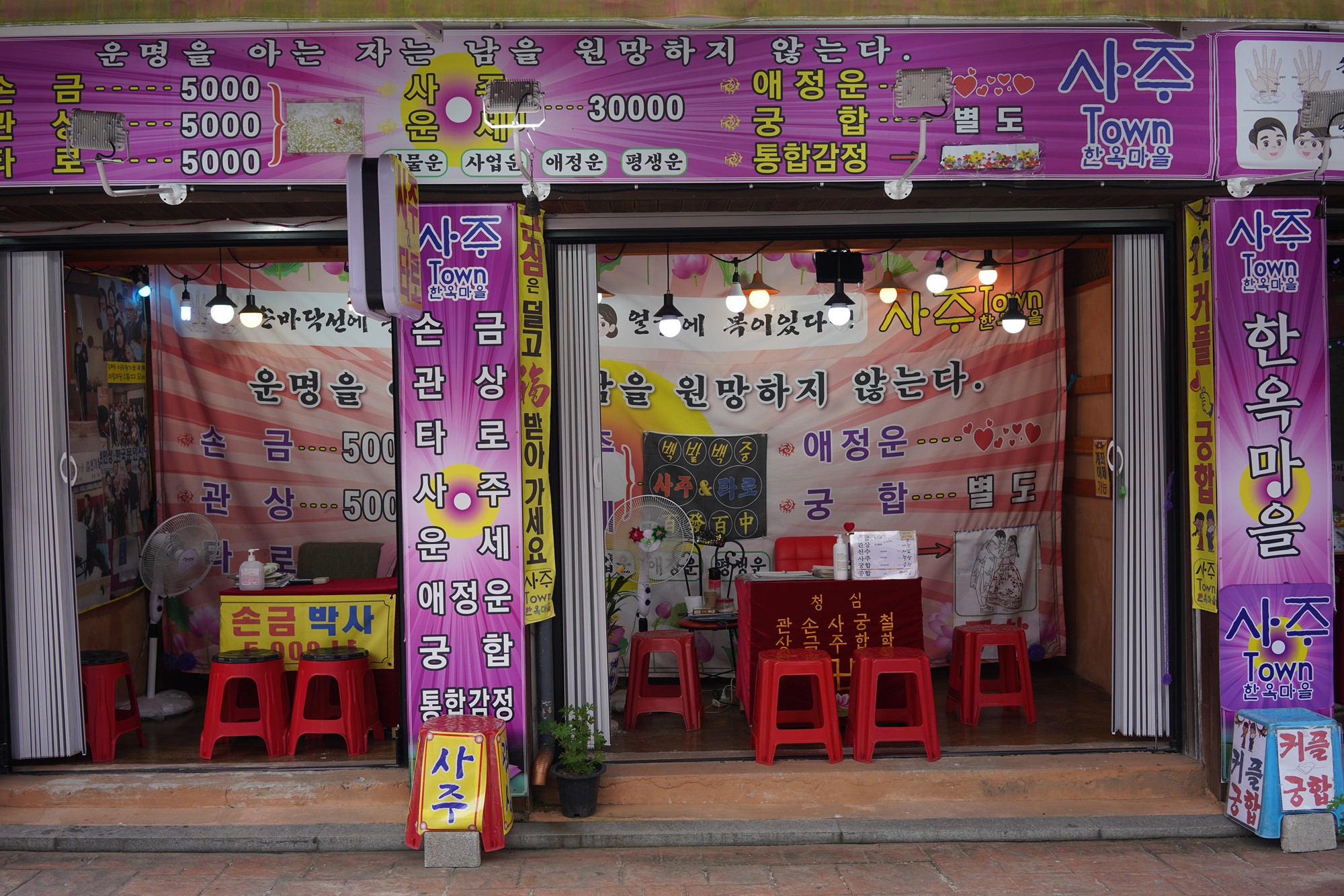
The majority of the houses are used as a stay.
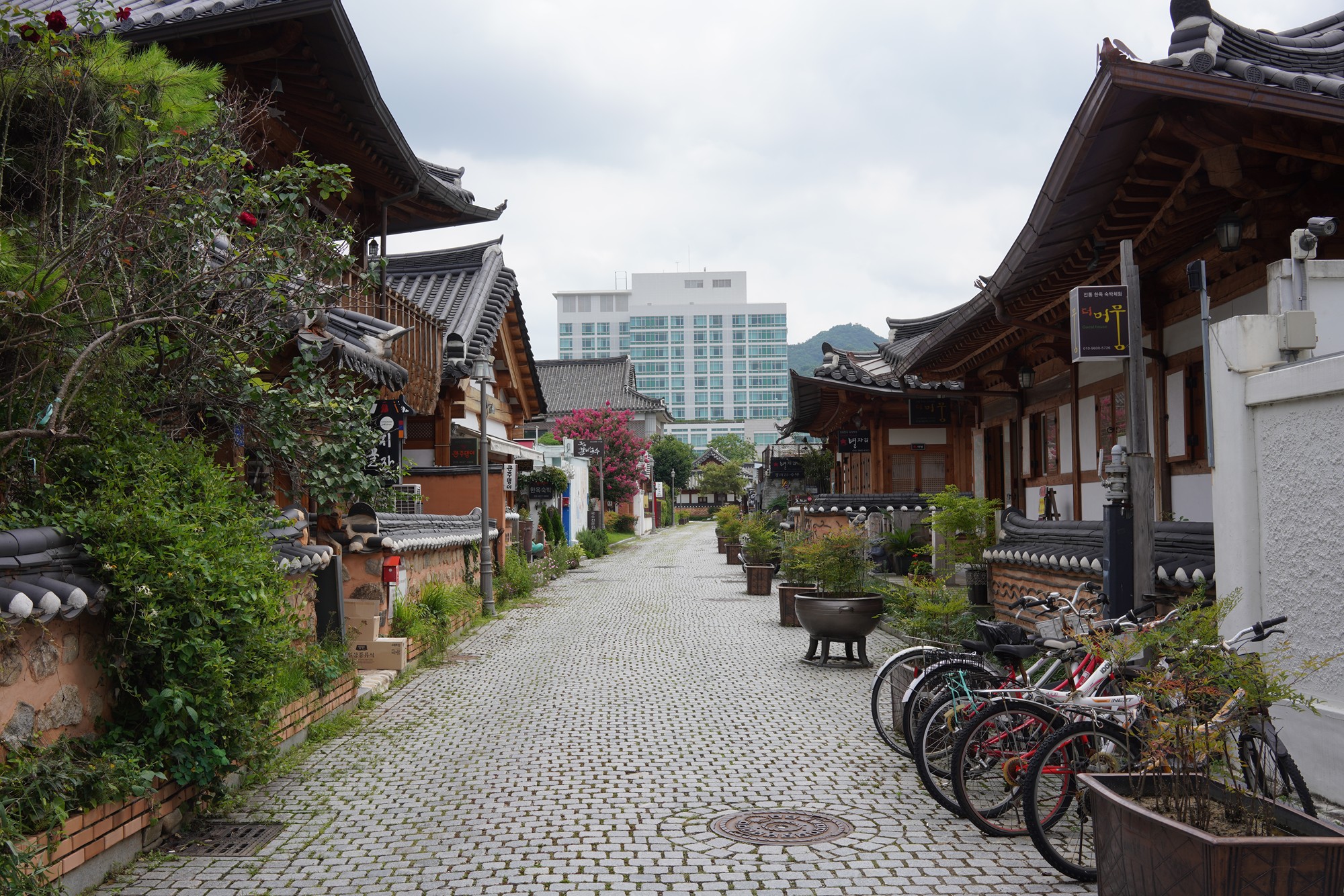
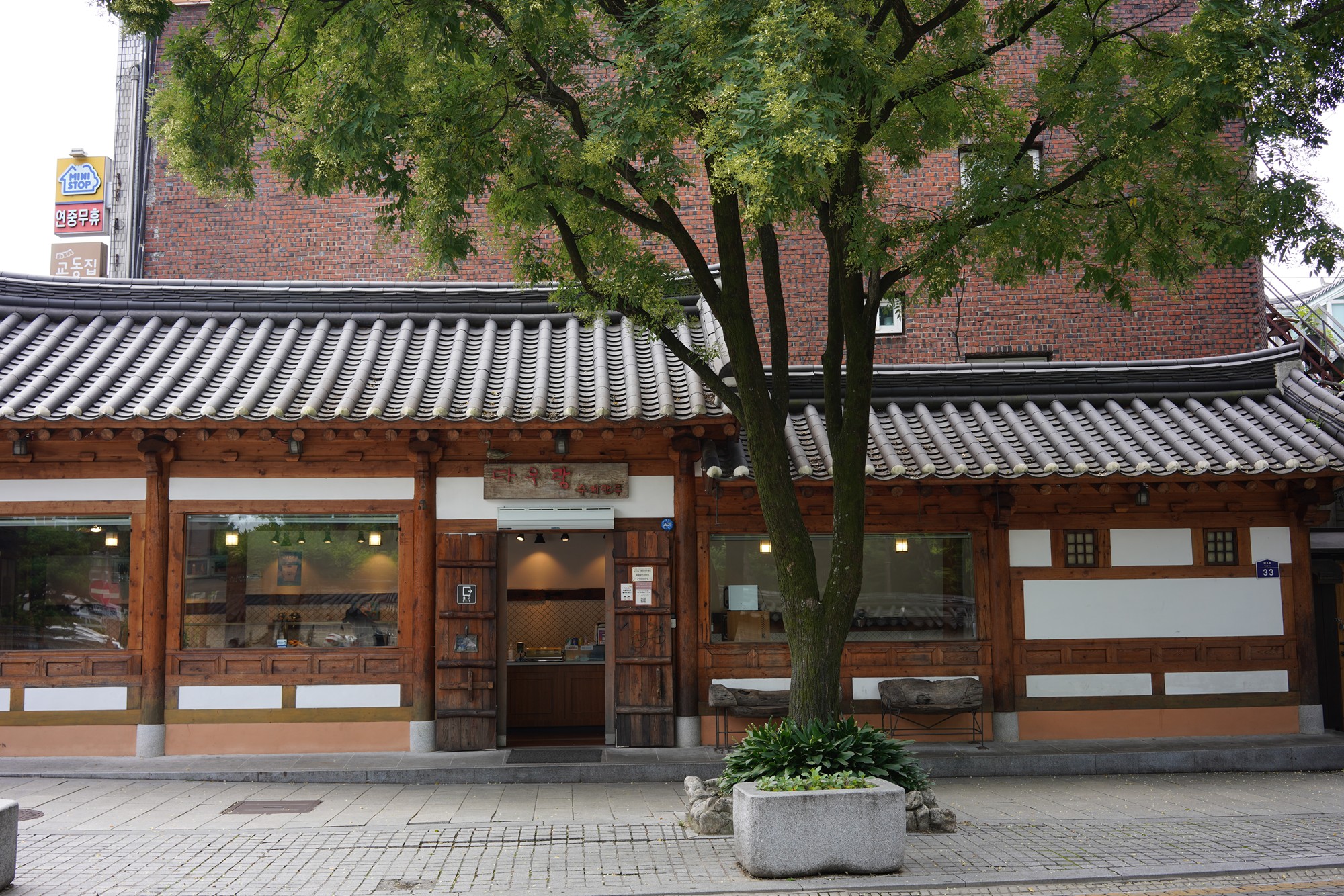
Inside the Hanok Village is Gyeonggijeon, a shrine that keeps the portrait of the first king of the Joseon dynasty.

The first door to the shrine
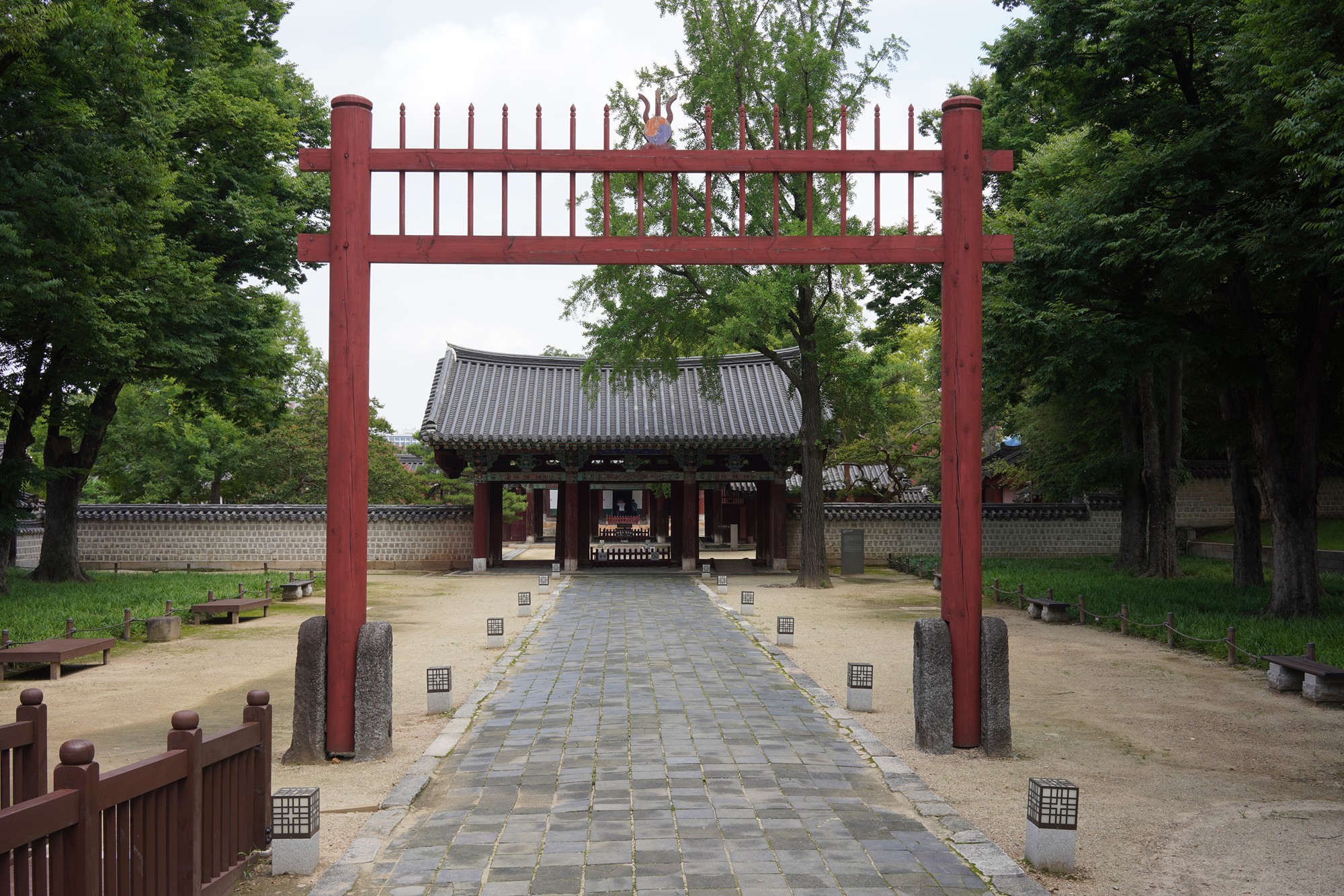
The second door
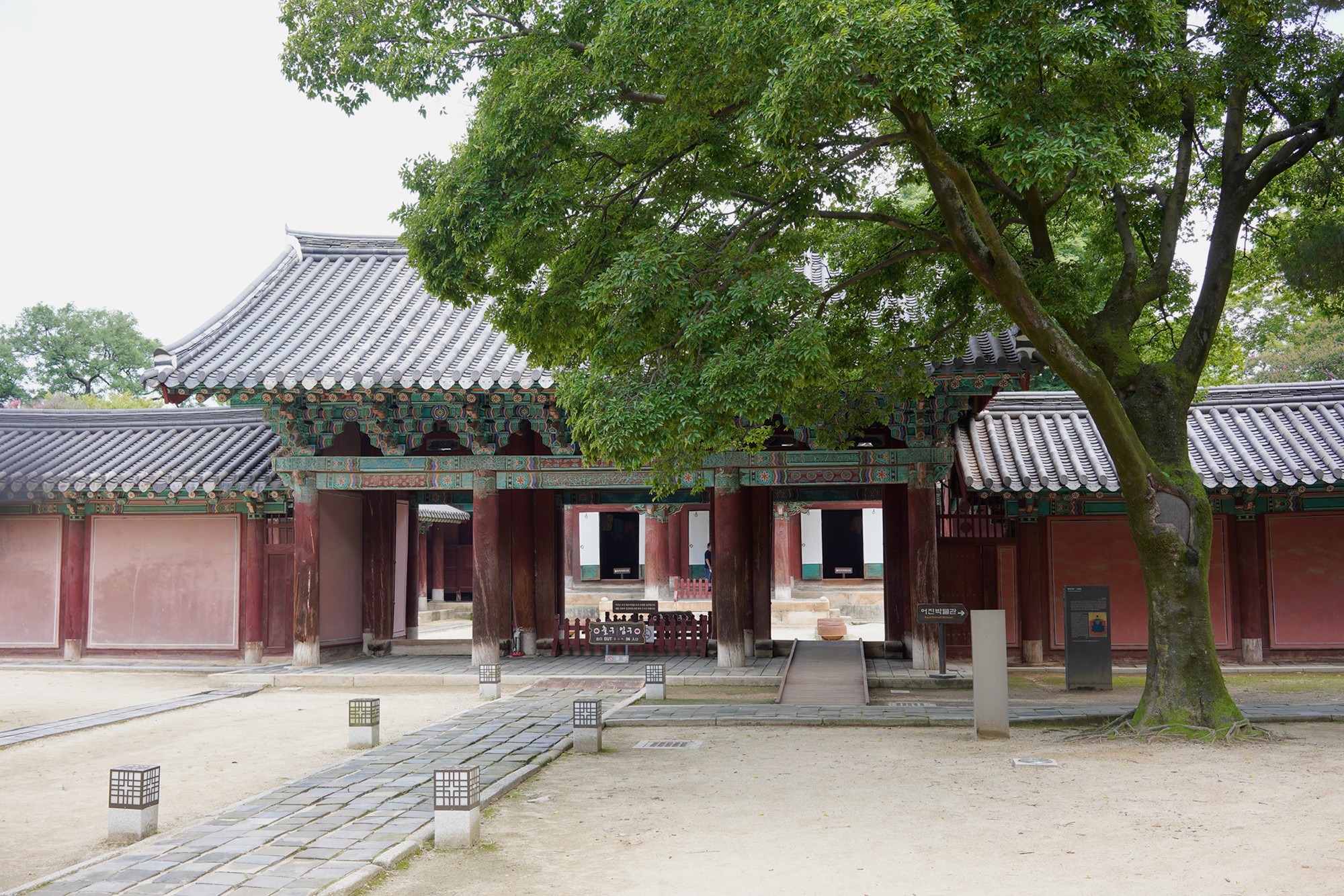
The shrine
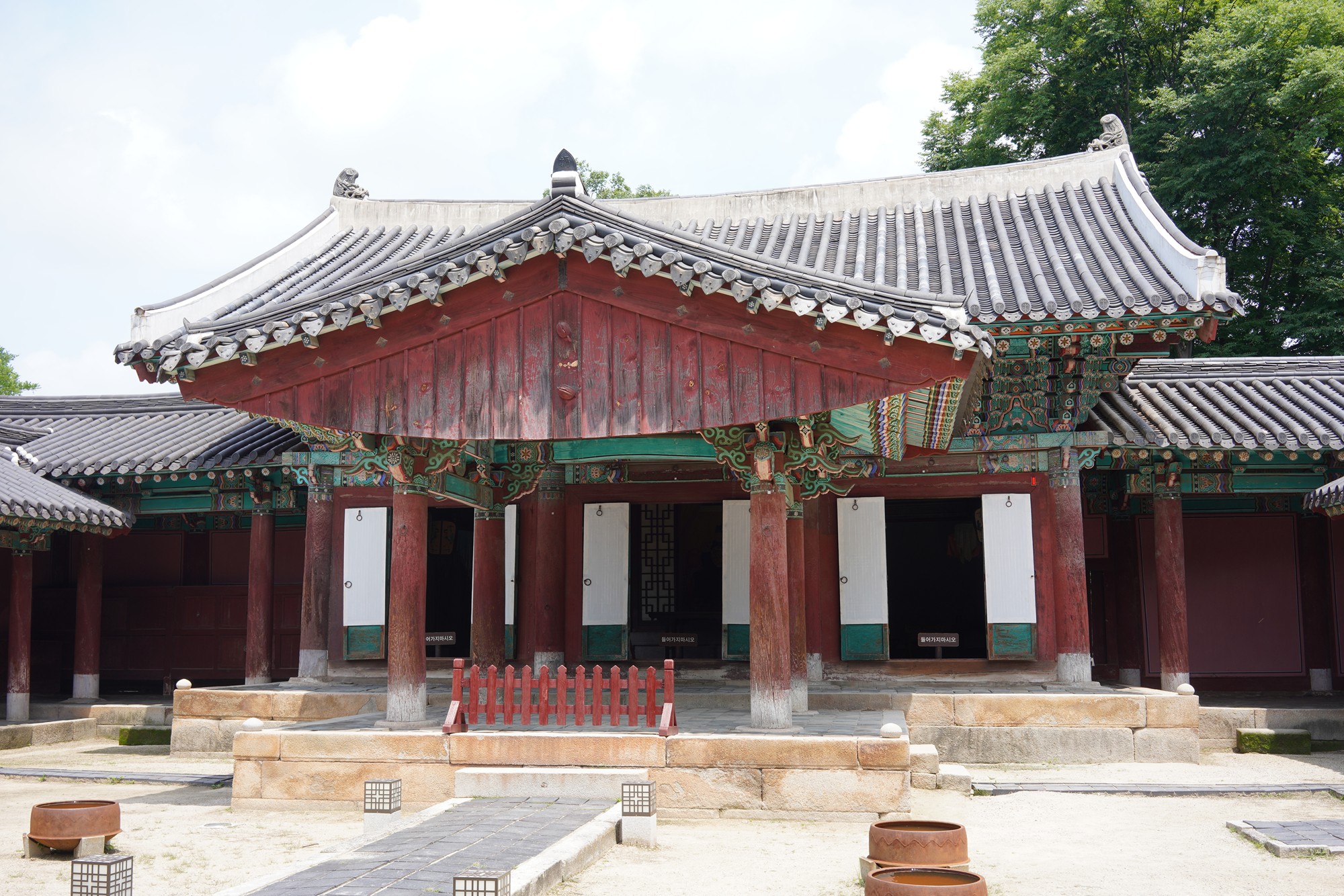
The portrait of King Taejo. Taejo of Joseon, born Yi Seong-gye, was the founder and the first king of the Joseon Dynasty of Korea around 1400. The dynasty existed for about 500 years until 1910, when the Japanese took over Korea. The original portrait was getting worn out, so in 1872, ten artists were hired to copy the original portrait. They made 26 copies of the portrait, but all of them are destroyed by now except this one.
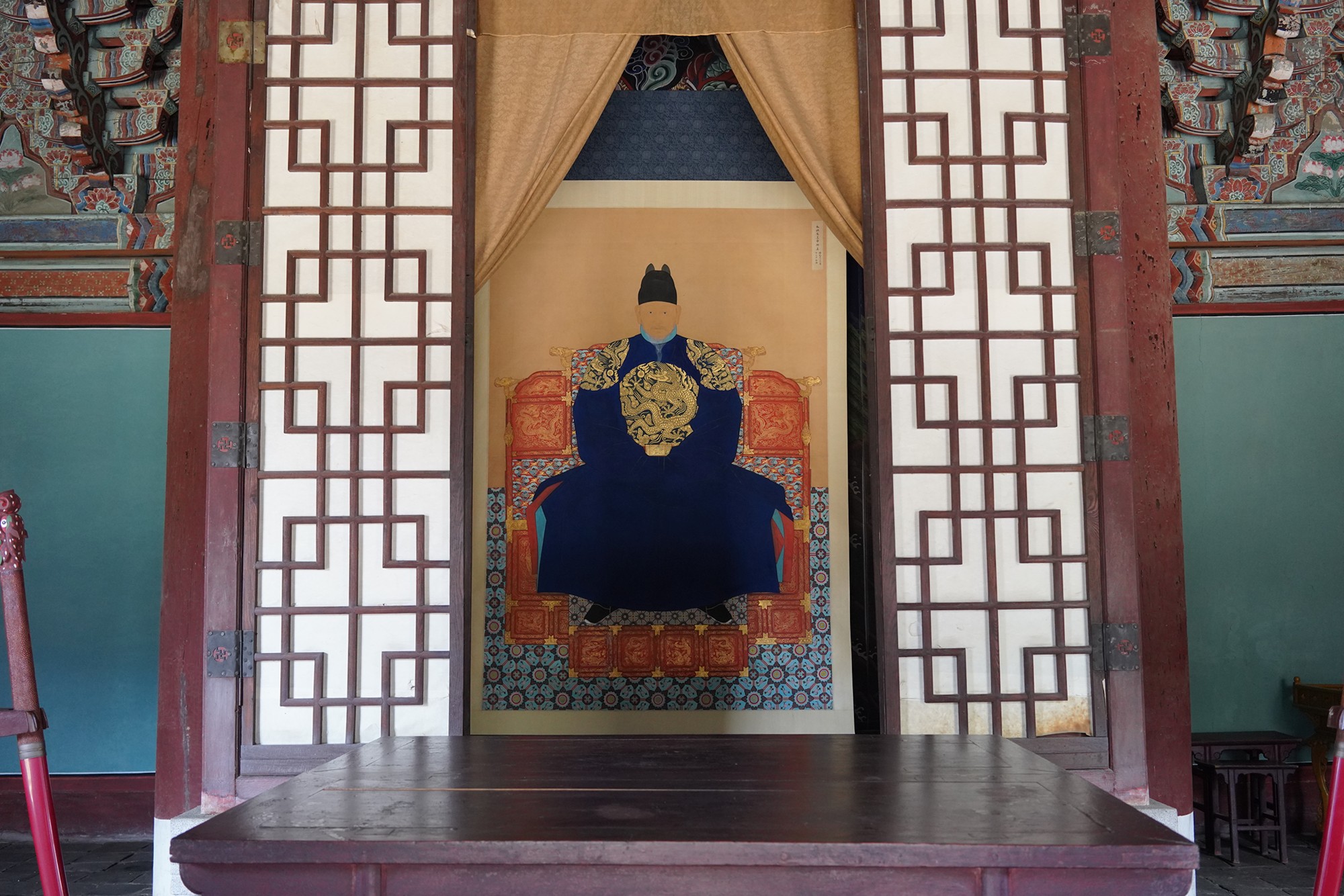
Going through the side door.
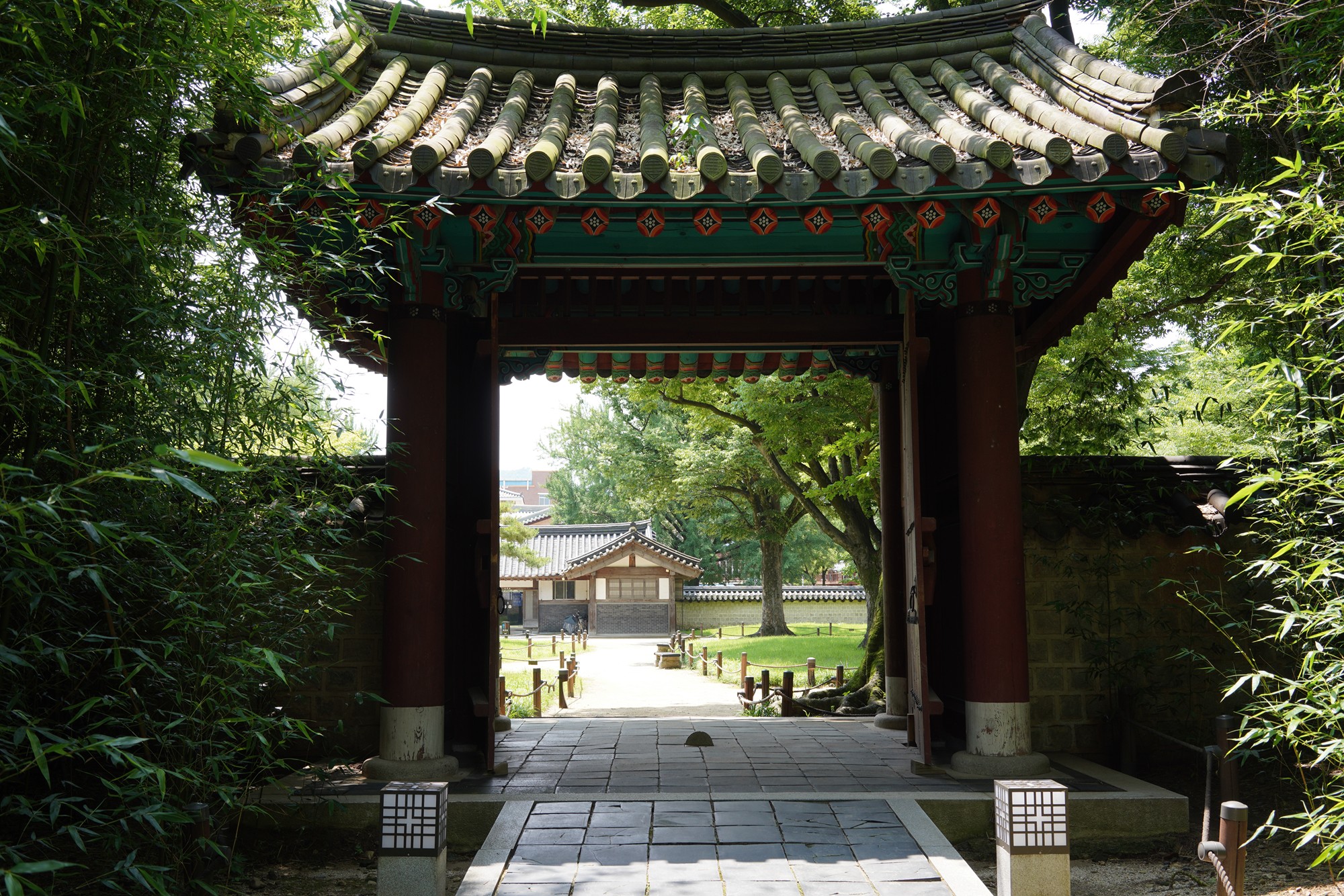
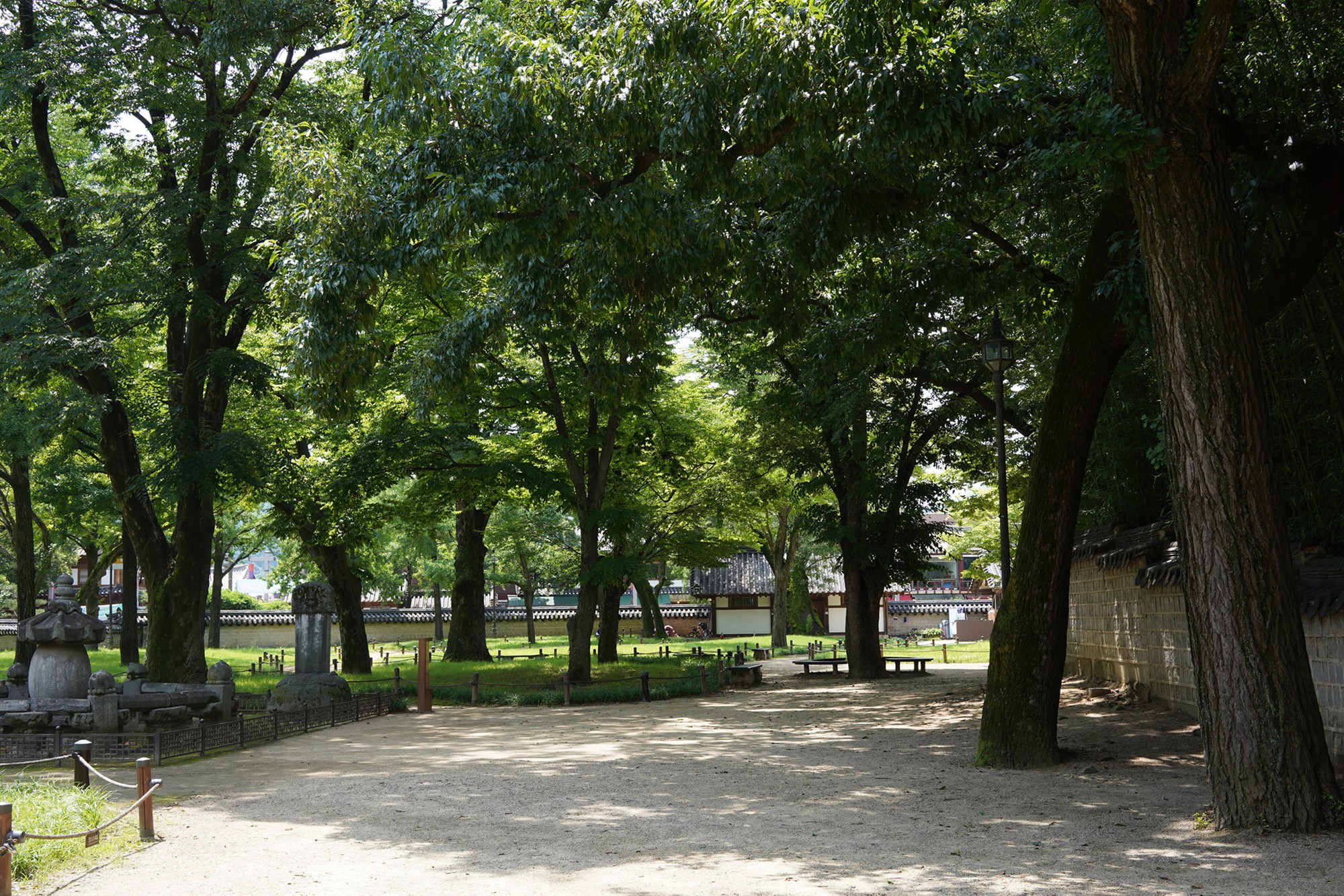
Inside Gyeonggijeon is a small museum that explains Gyeonggijeon.
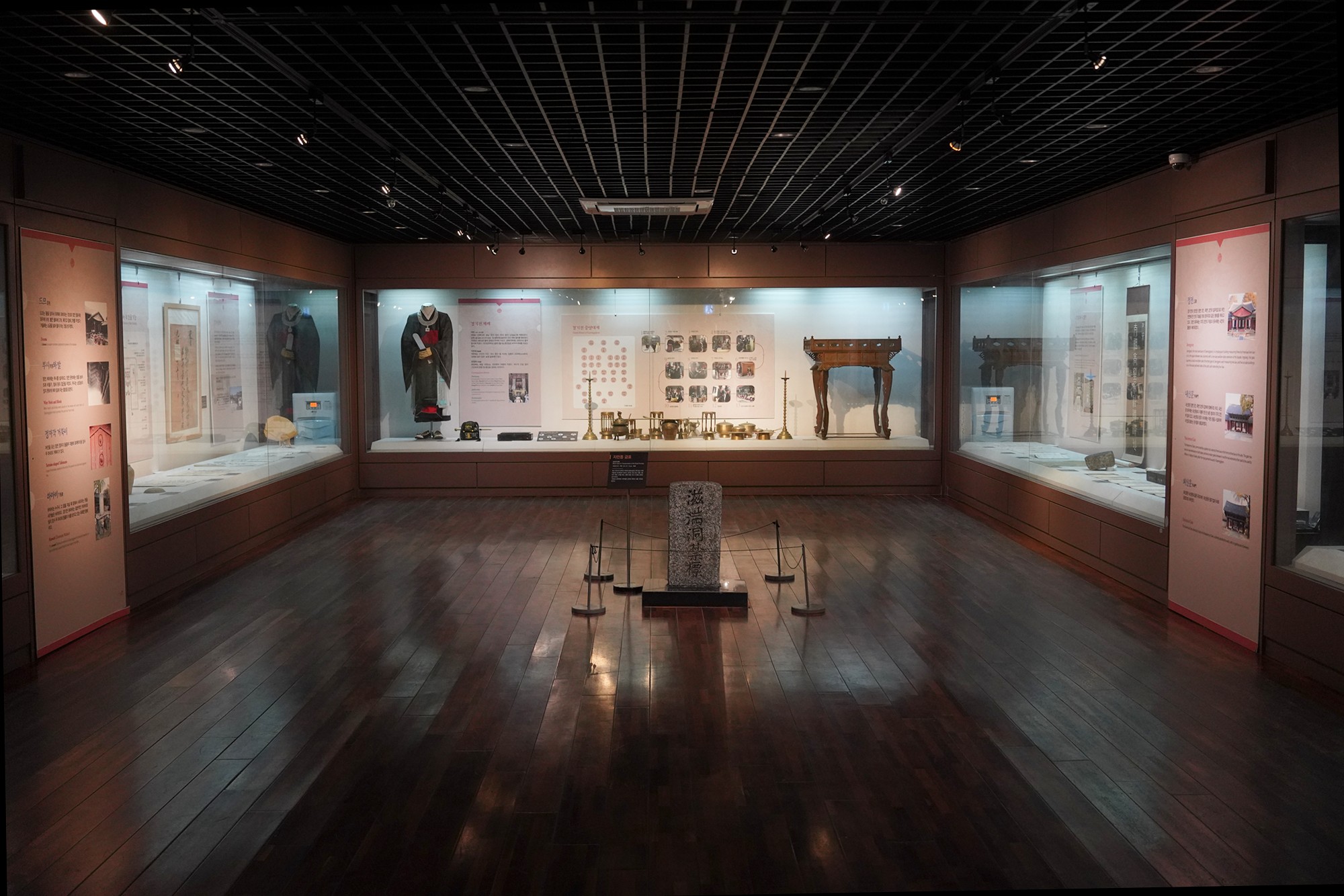
A diagram that shows the history of Gyeonggijeon
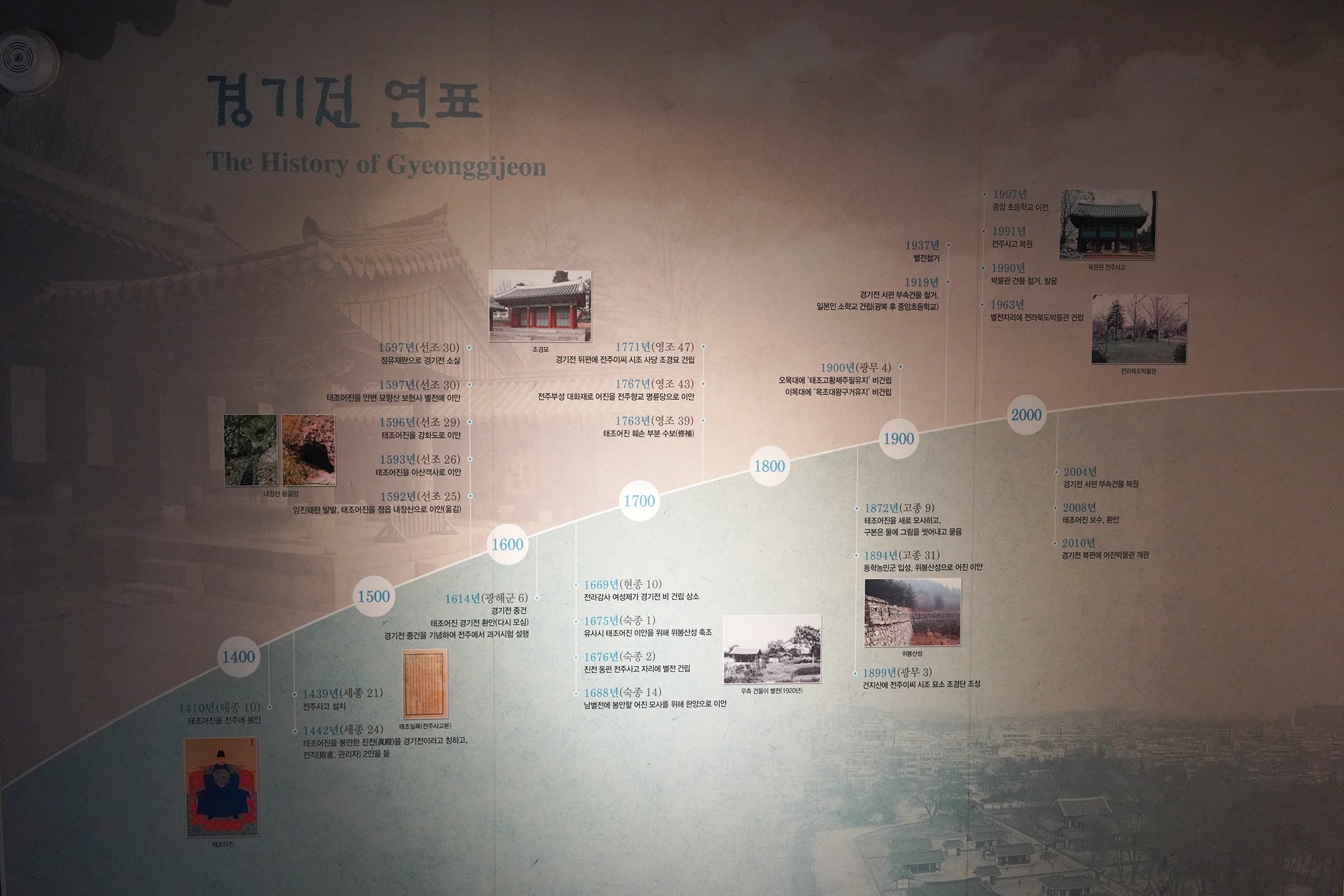
The ancestors of King Taejo, this first king of Joseon, were lived here in Jeonju. That is the reason why they constructed this shrine here in Jeonju.
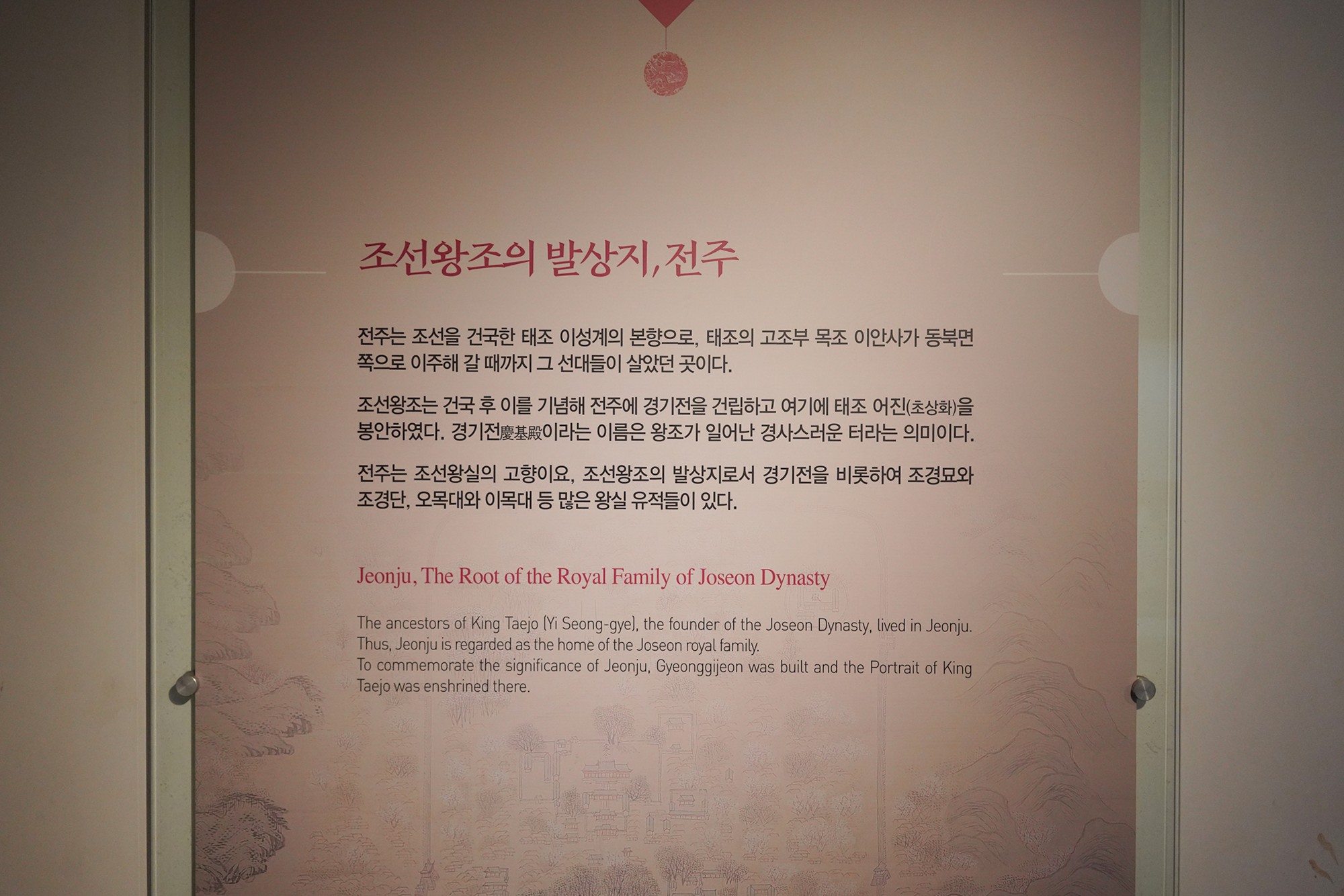
There were six shrines constructed for the safekeeping of the king’s portraits in various cities of Korea around the year 1410. But only this portrait survived.
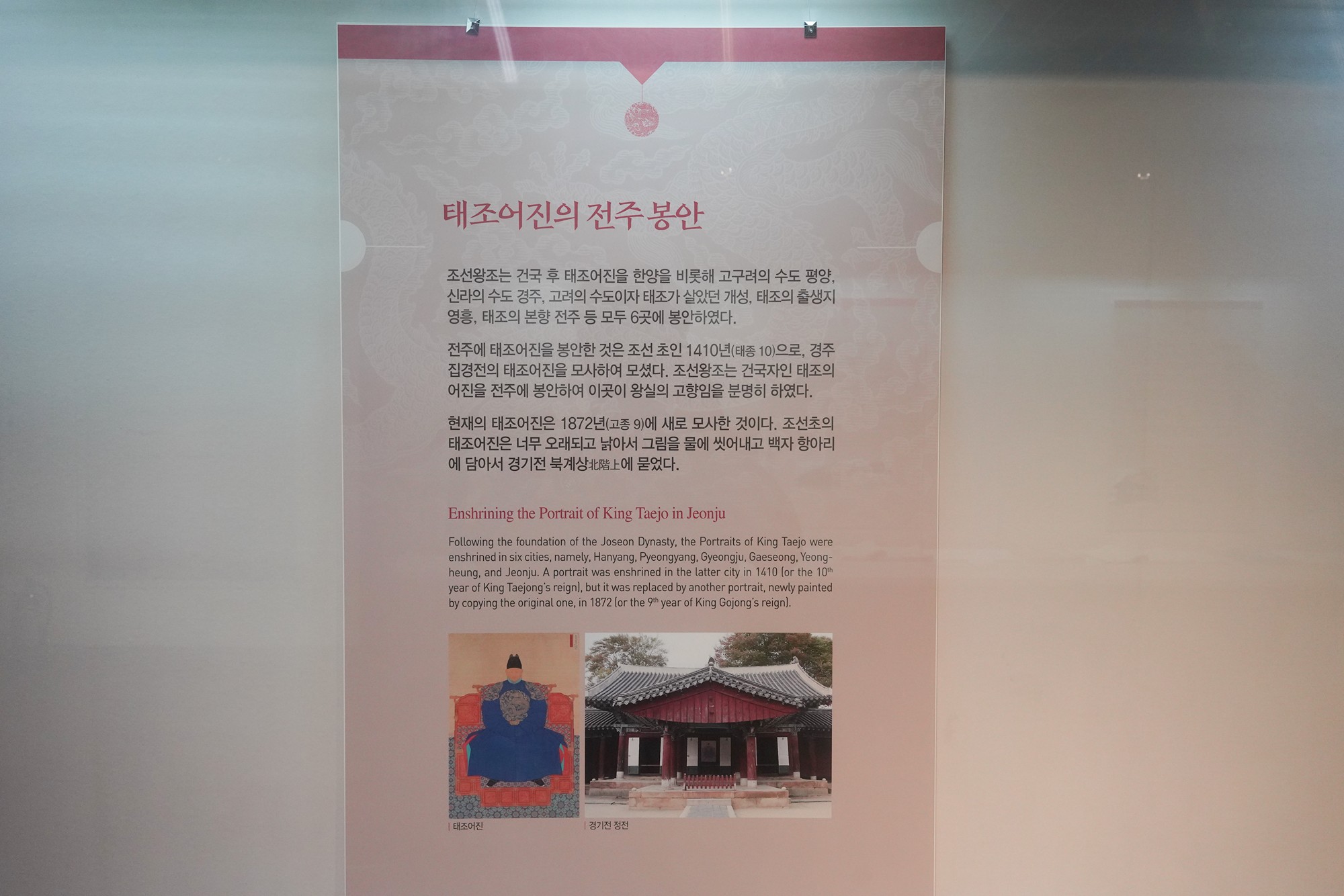
Diagram of the shrine
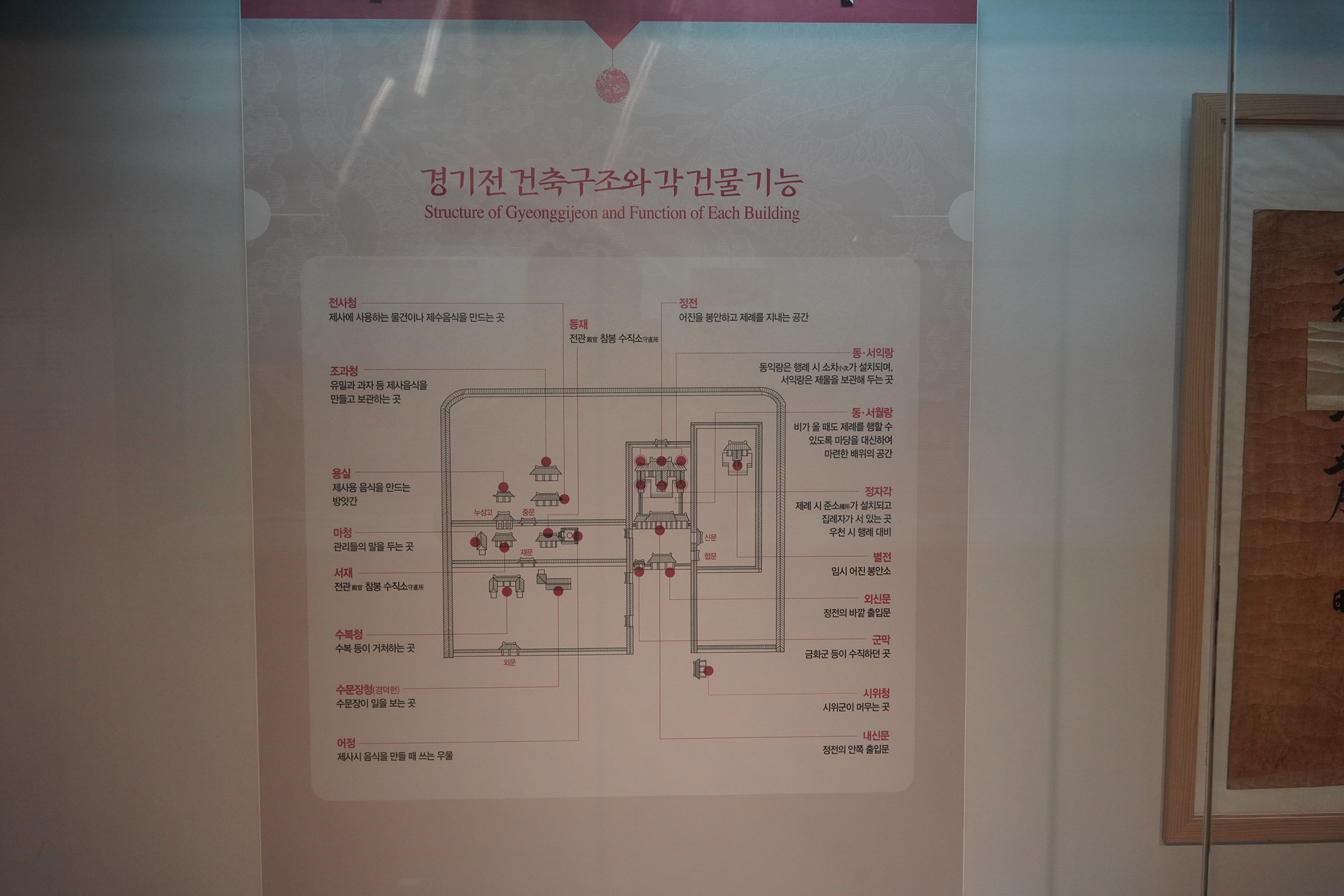
The manuscript of the Joseon royal family’s lineage.
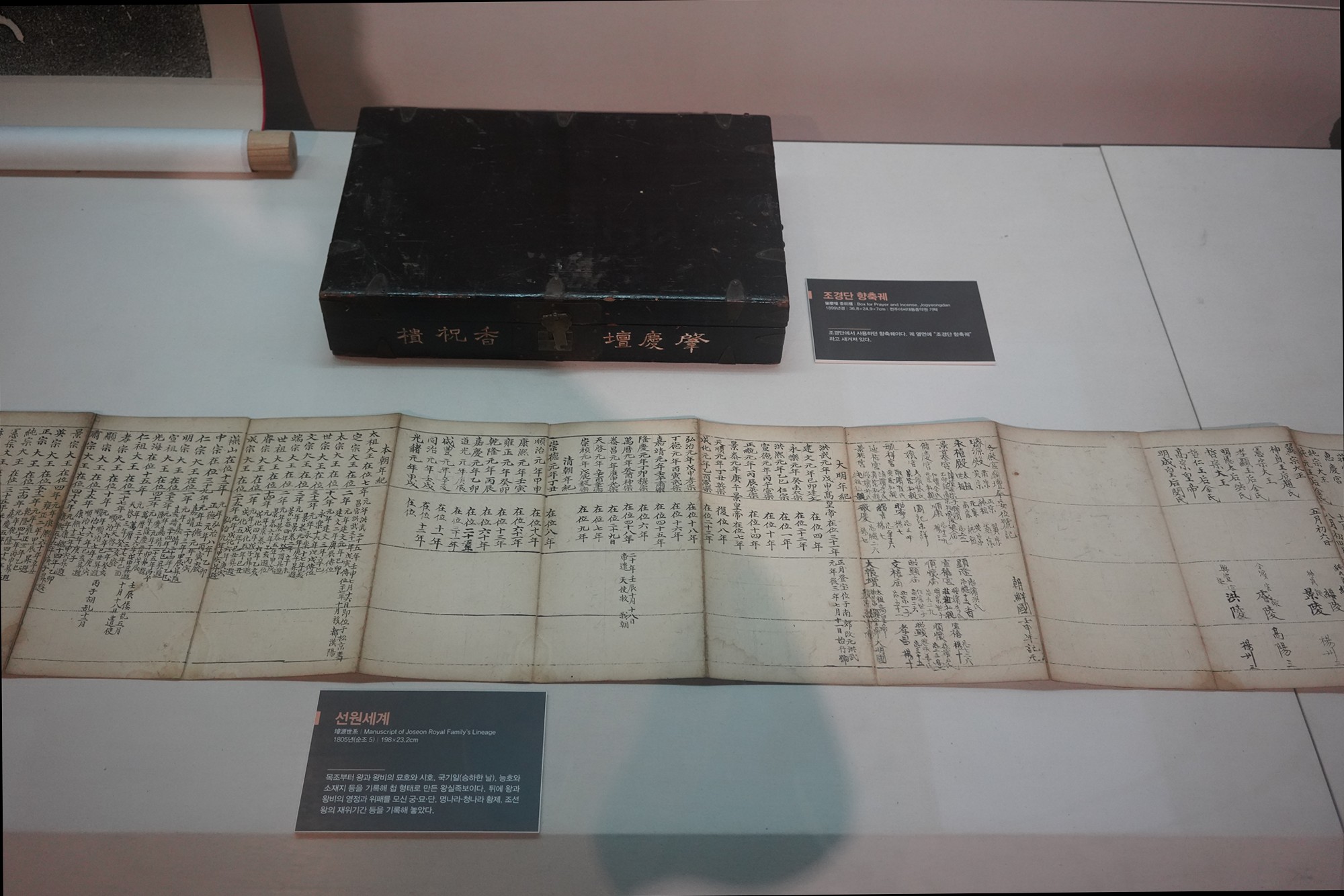
Not only the king’s portrait is saved, but the record of government activities of the Joseon Dynasty saved in this location is the only copy that was kept whole.
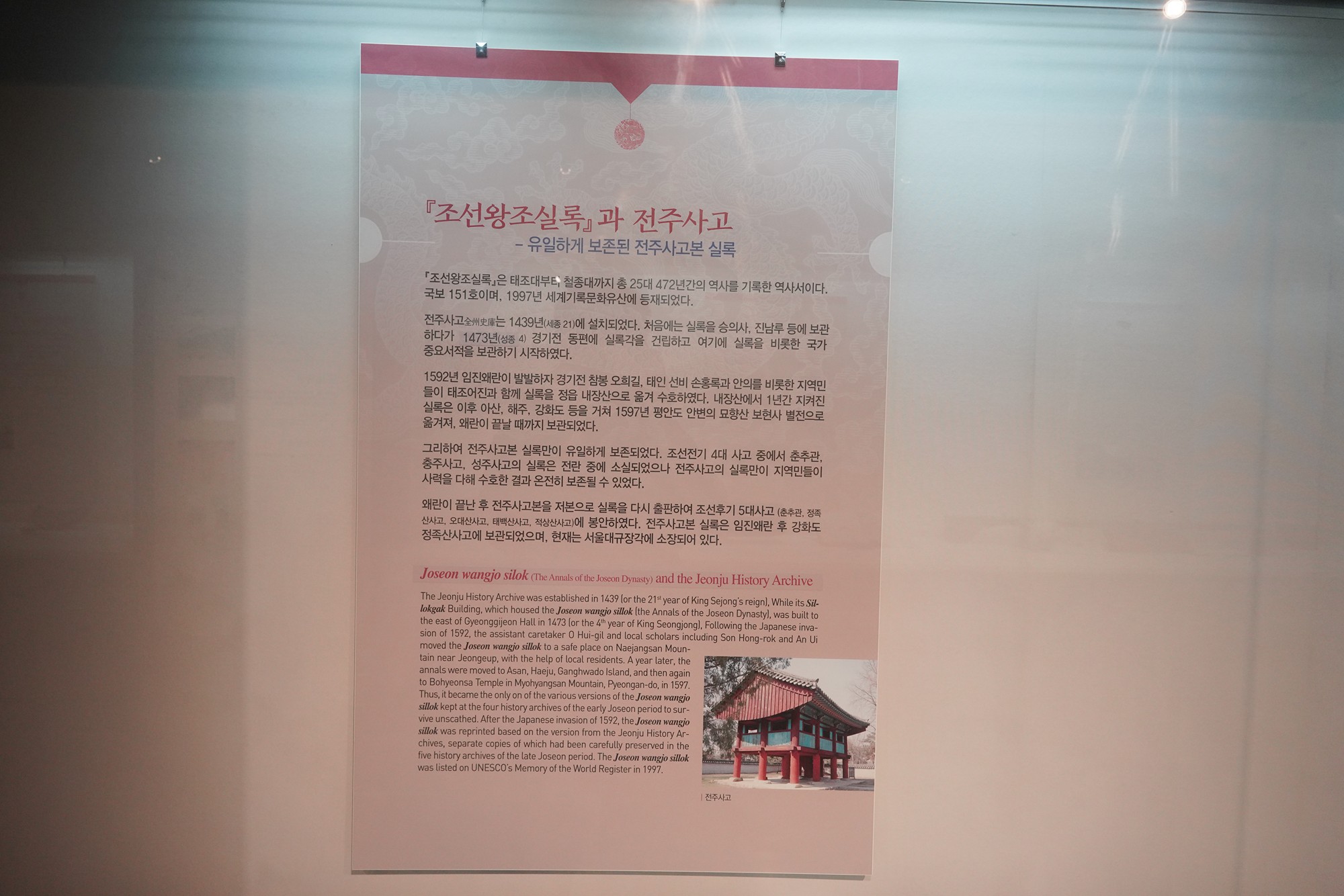
A portion of the record of government activities of the Joseon Dynasty.
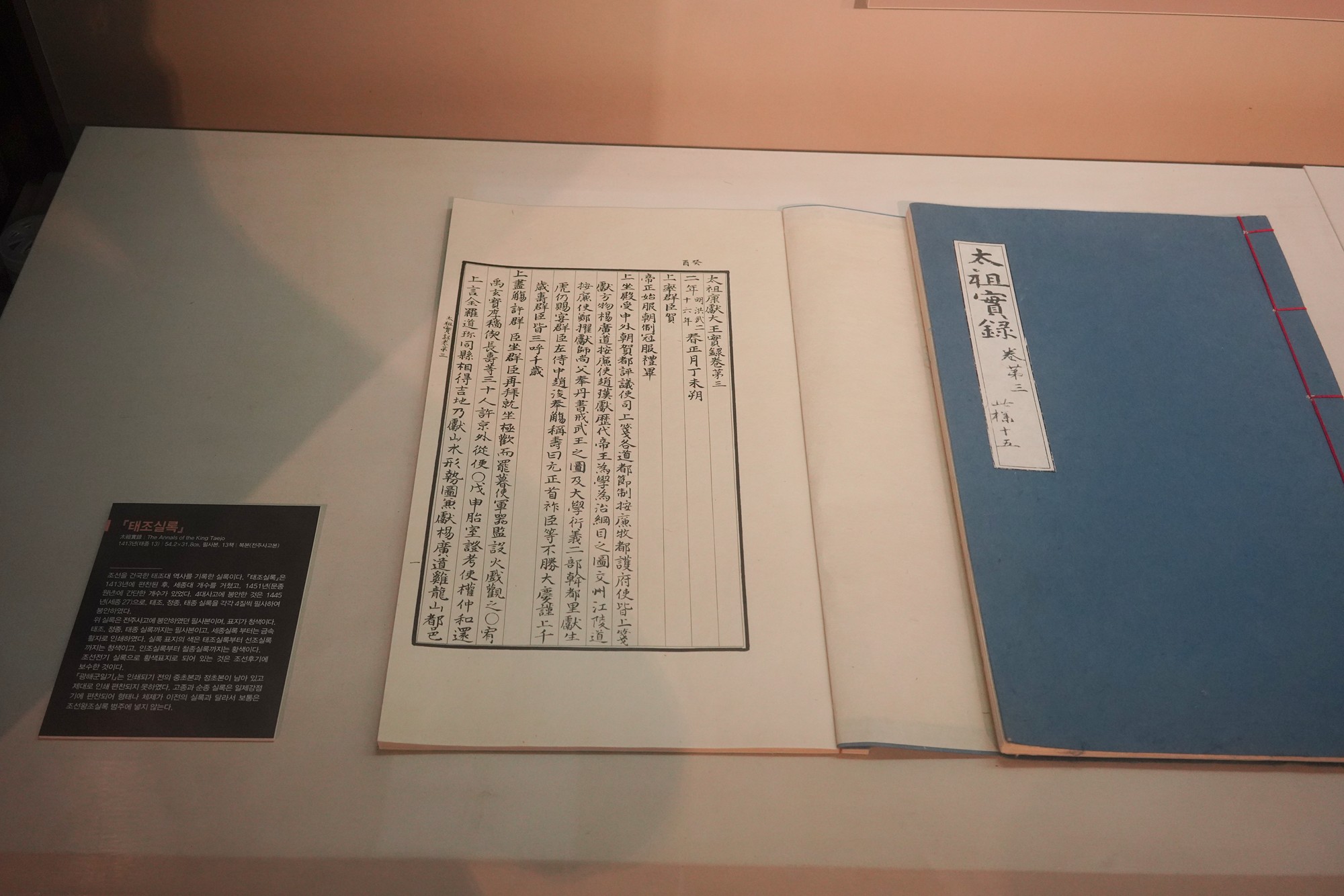
Out from the museum. The other buildings of Gyeonggijeon.
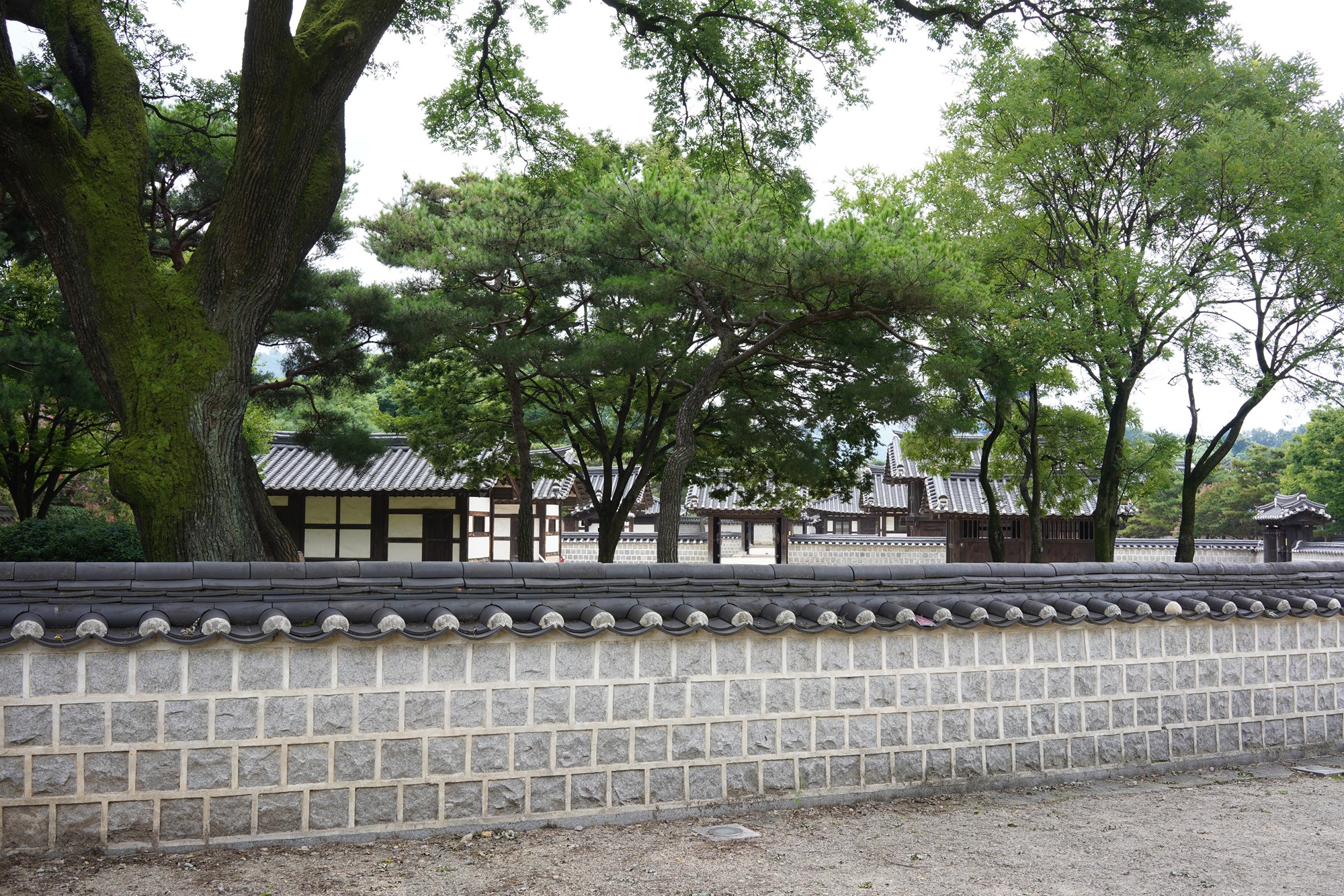
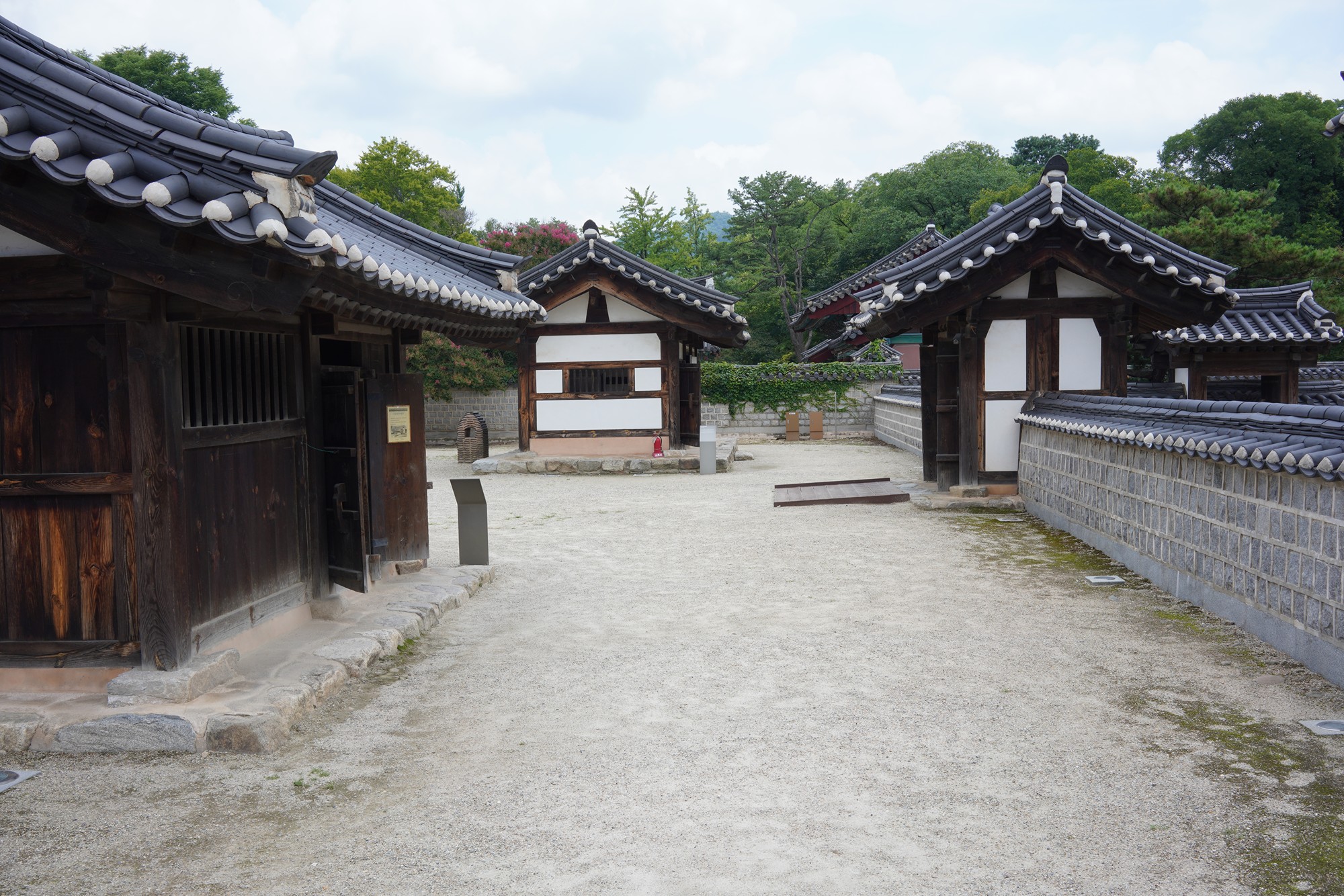
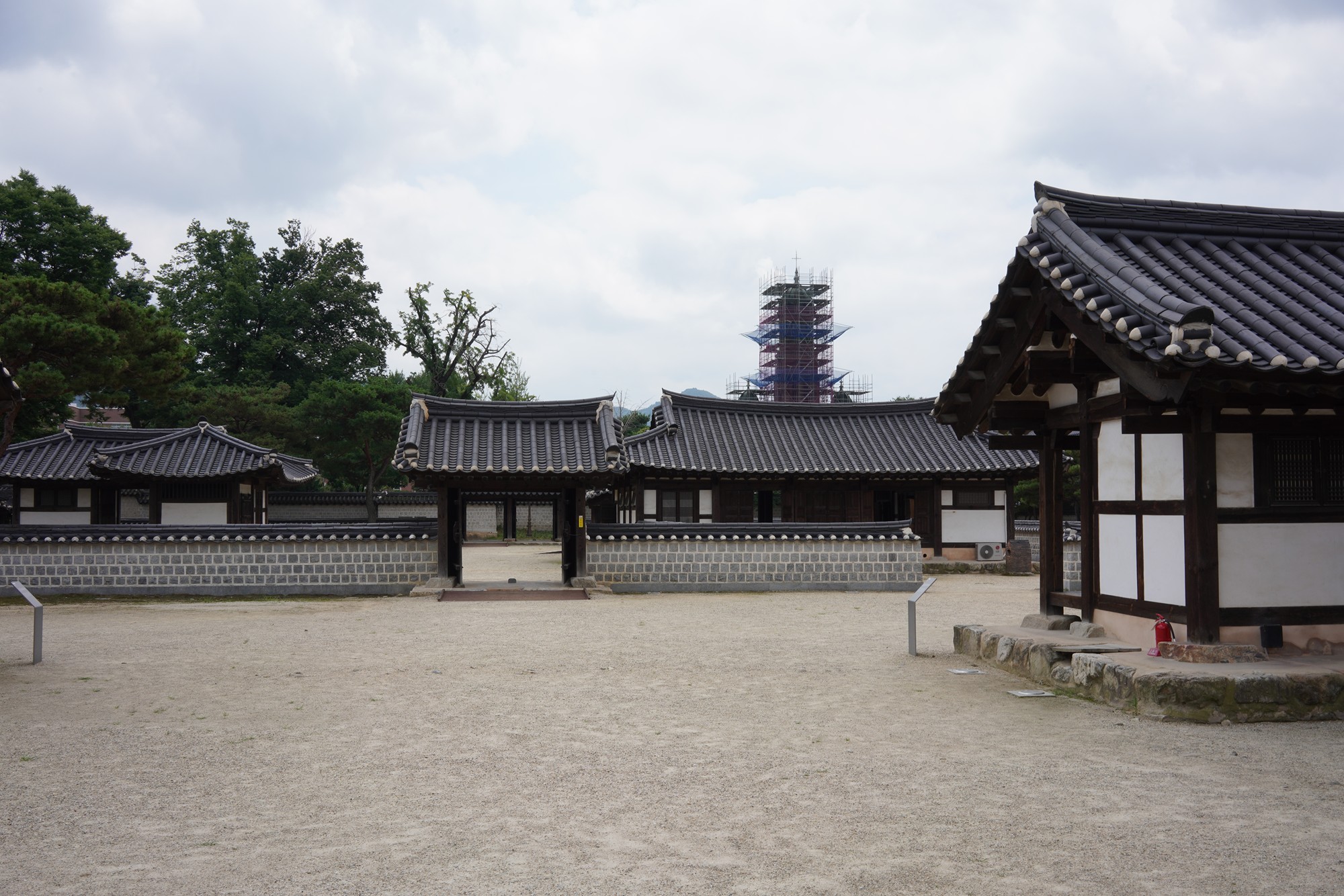
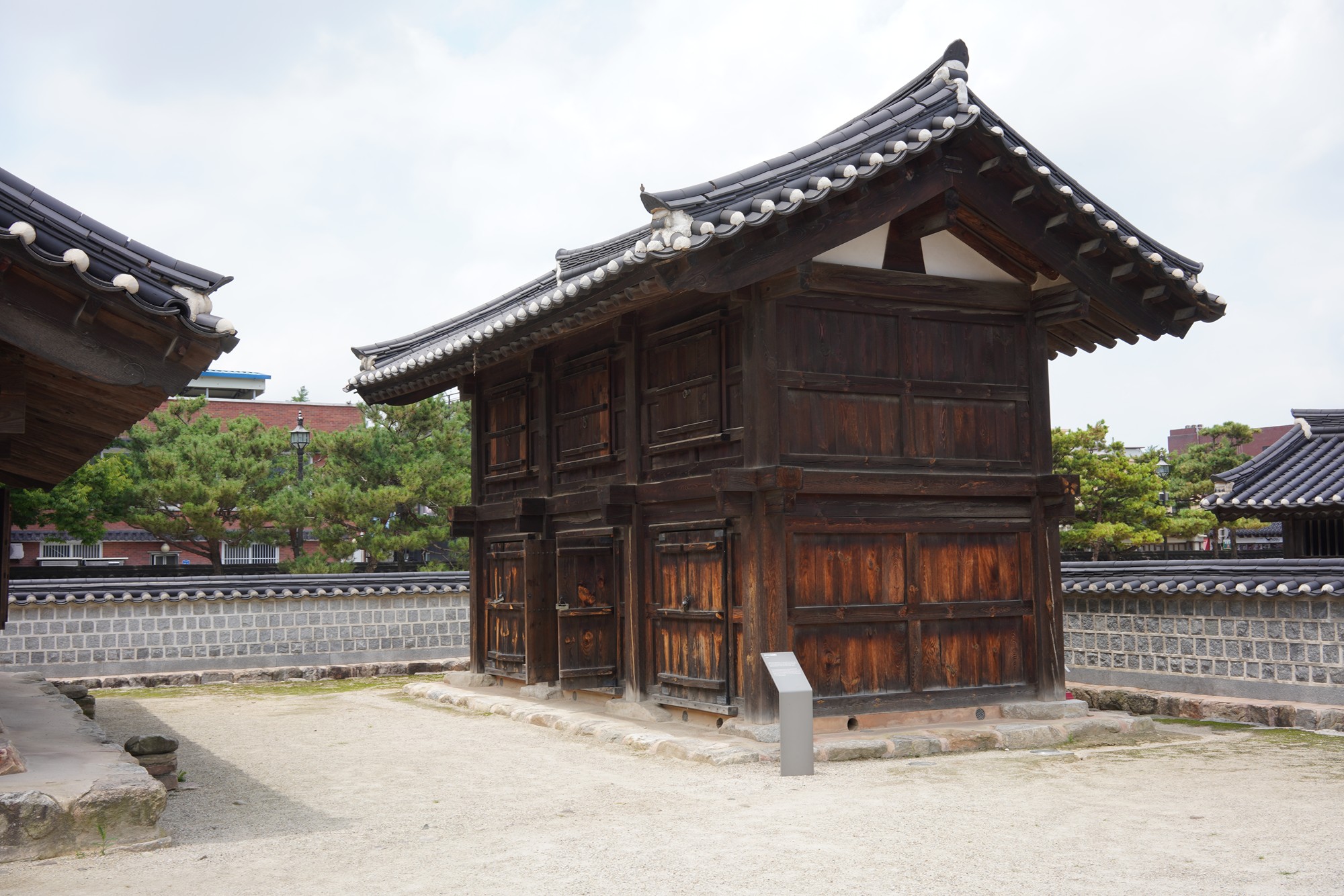
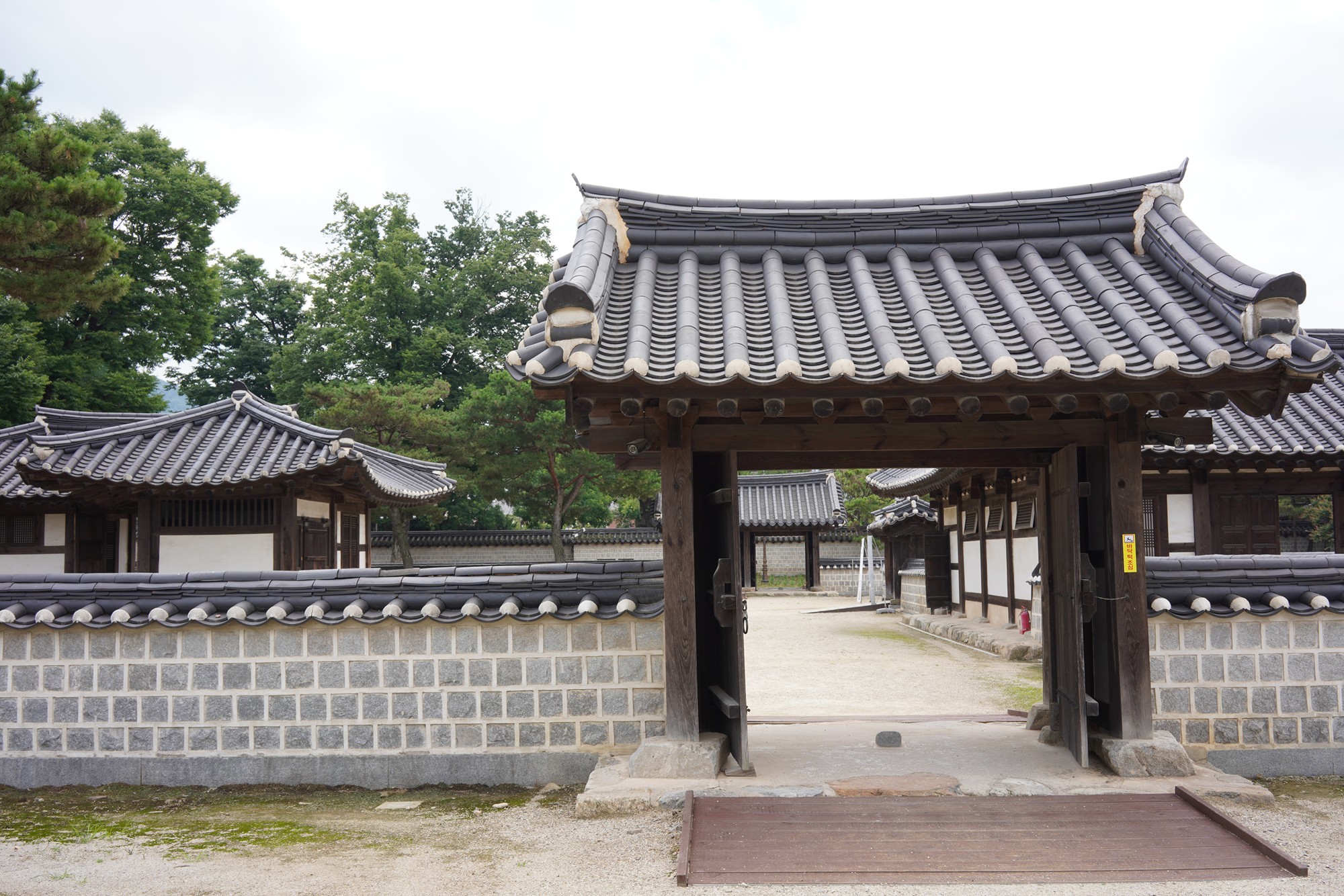
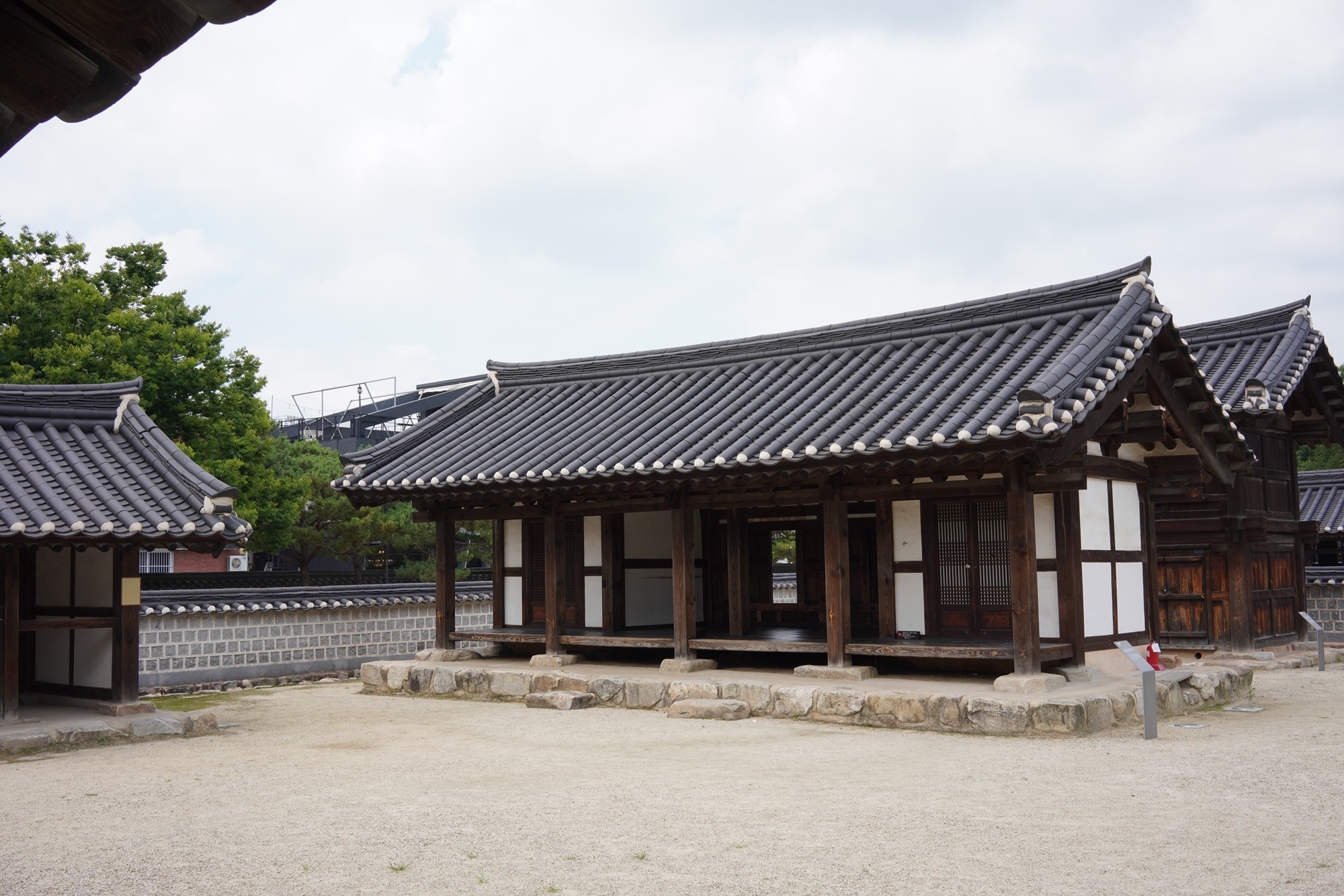
Exiting Gyeonggijeon
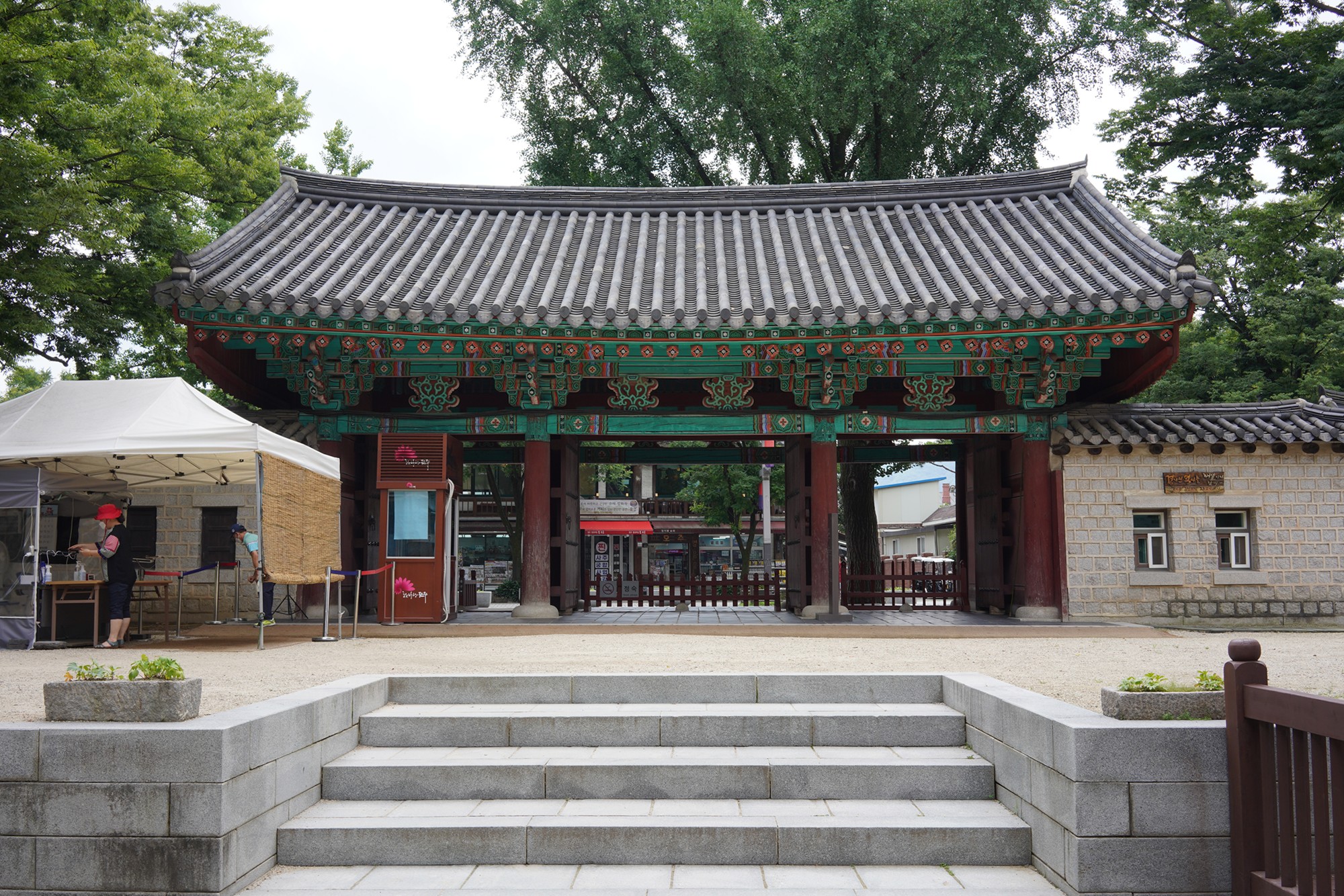
The south door of Jeonjubuseong Fortress. It was destroyed in 1797 by fire, so it was rebuilt. In front of the door is the Statue of Peace.
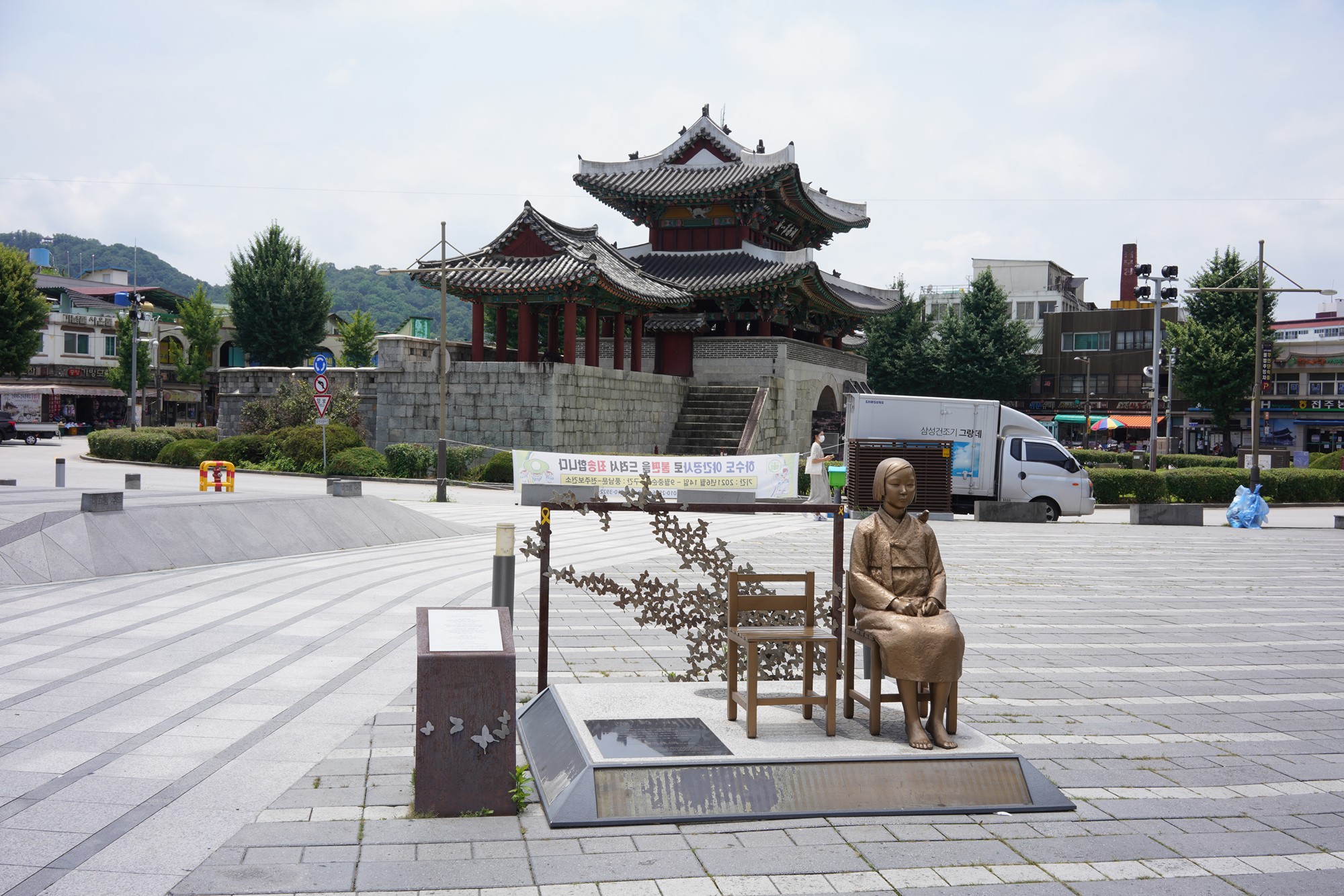
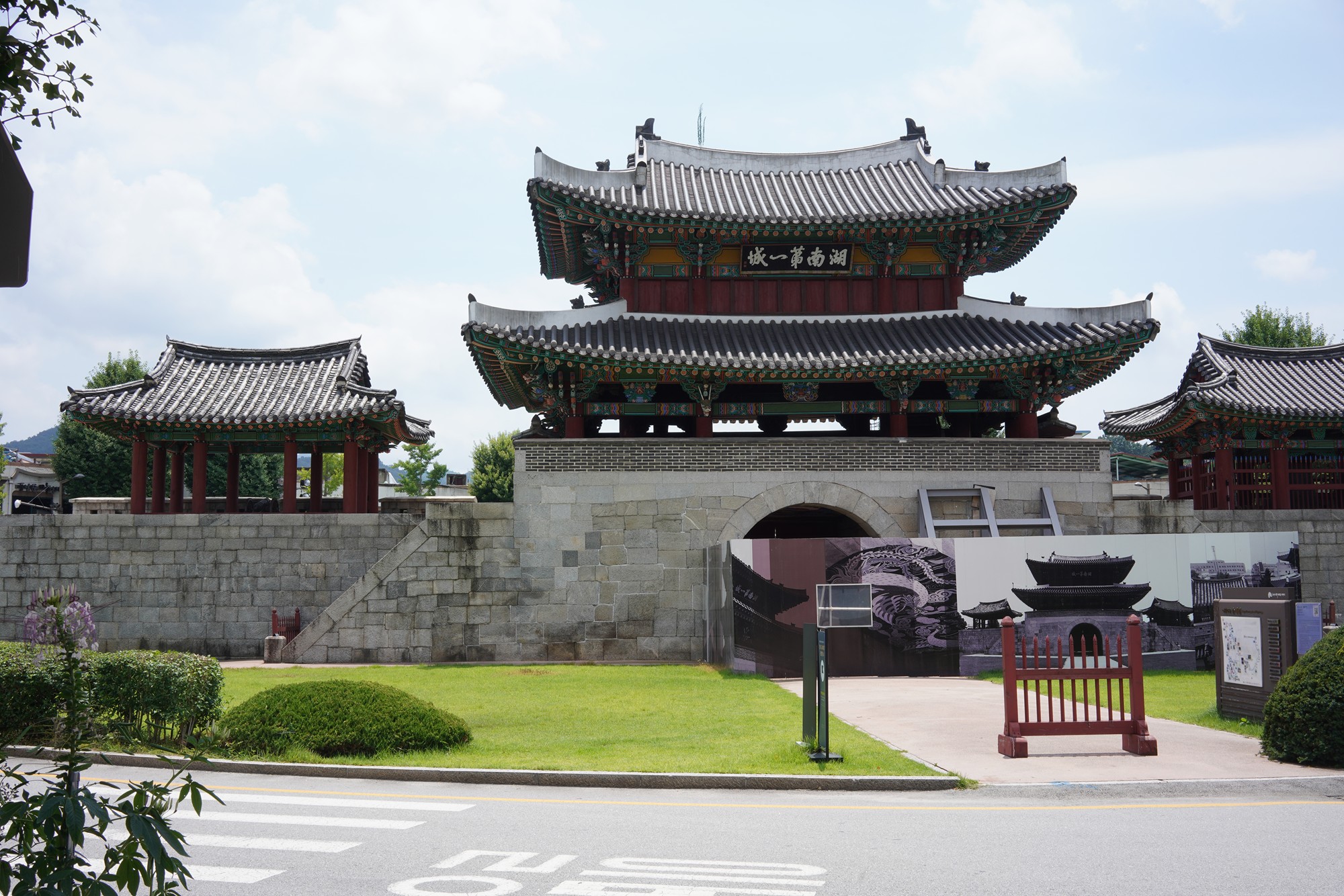
Nambu traditional market is nearby the Hanok Village

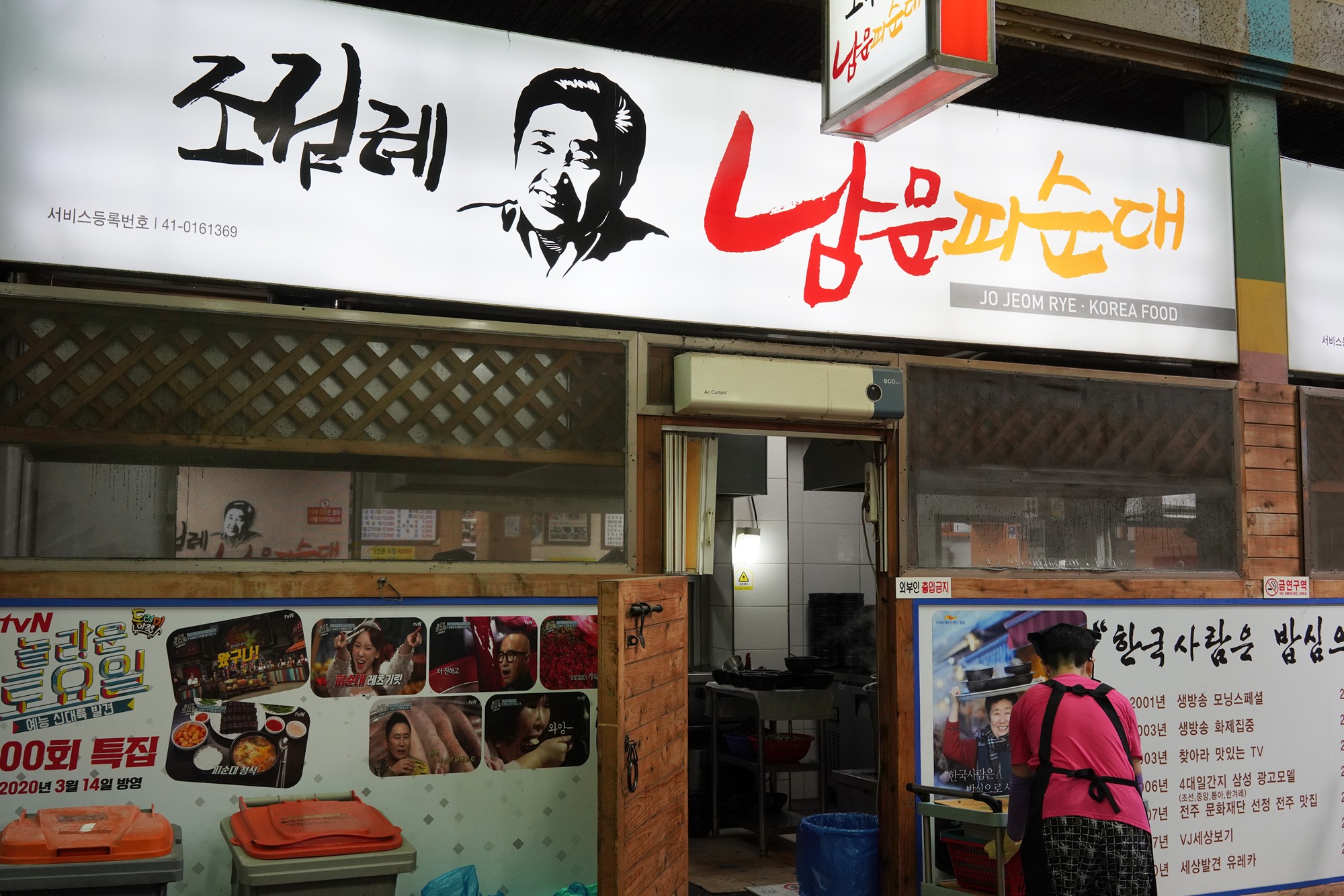
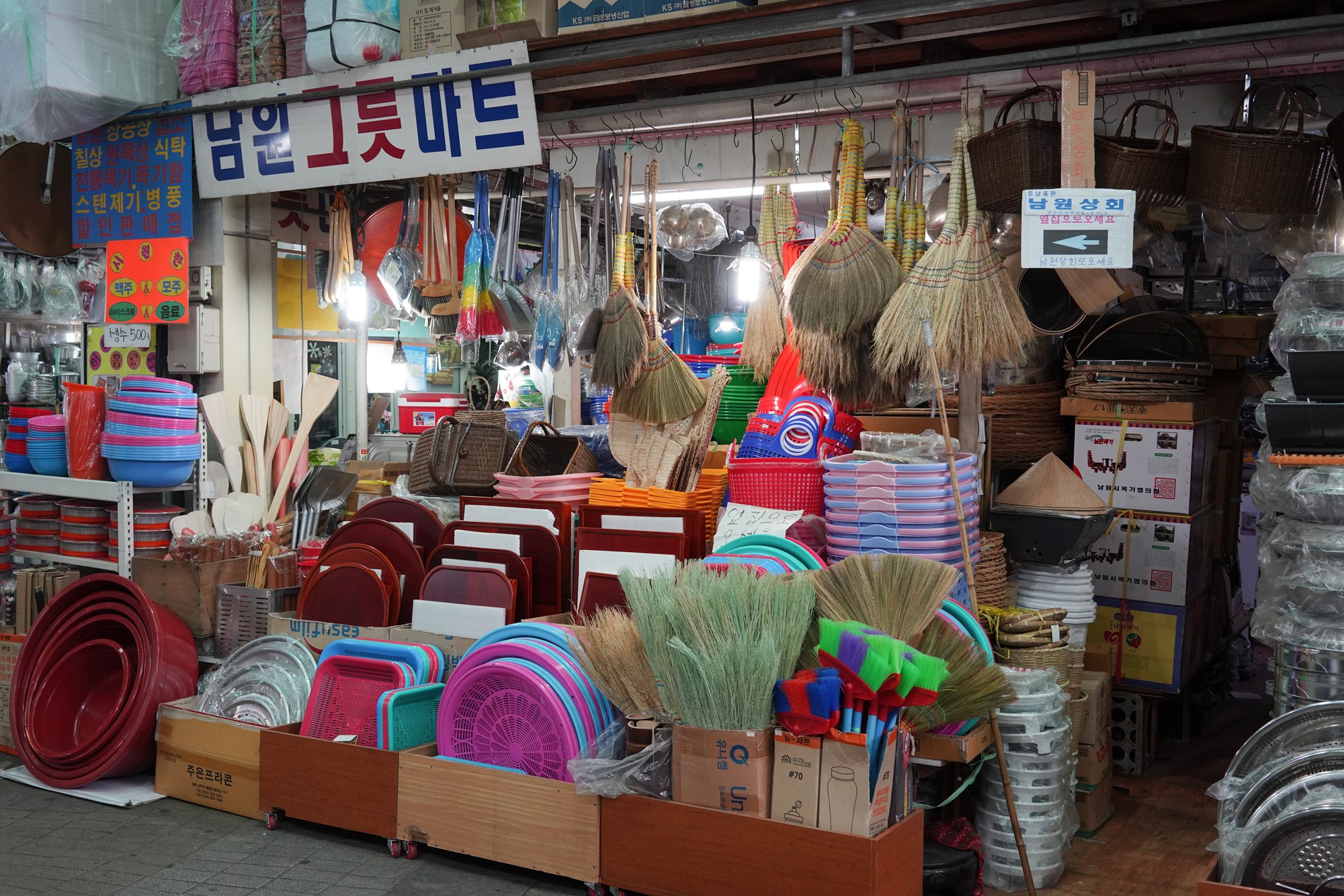
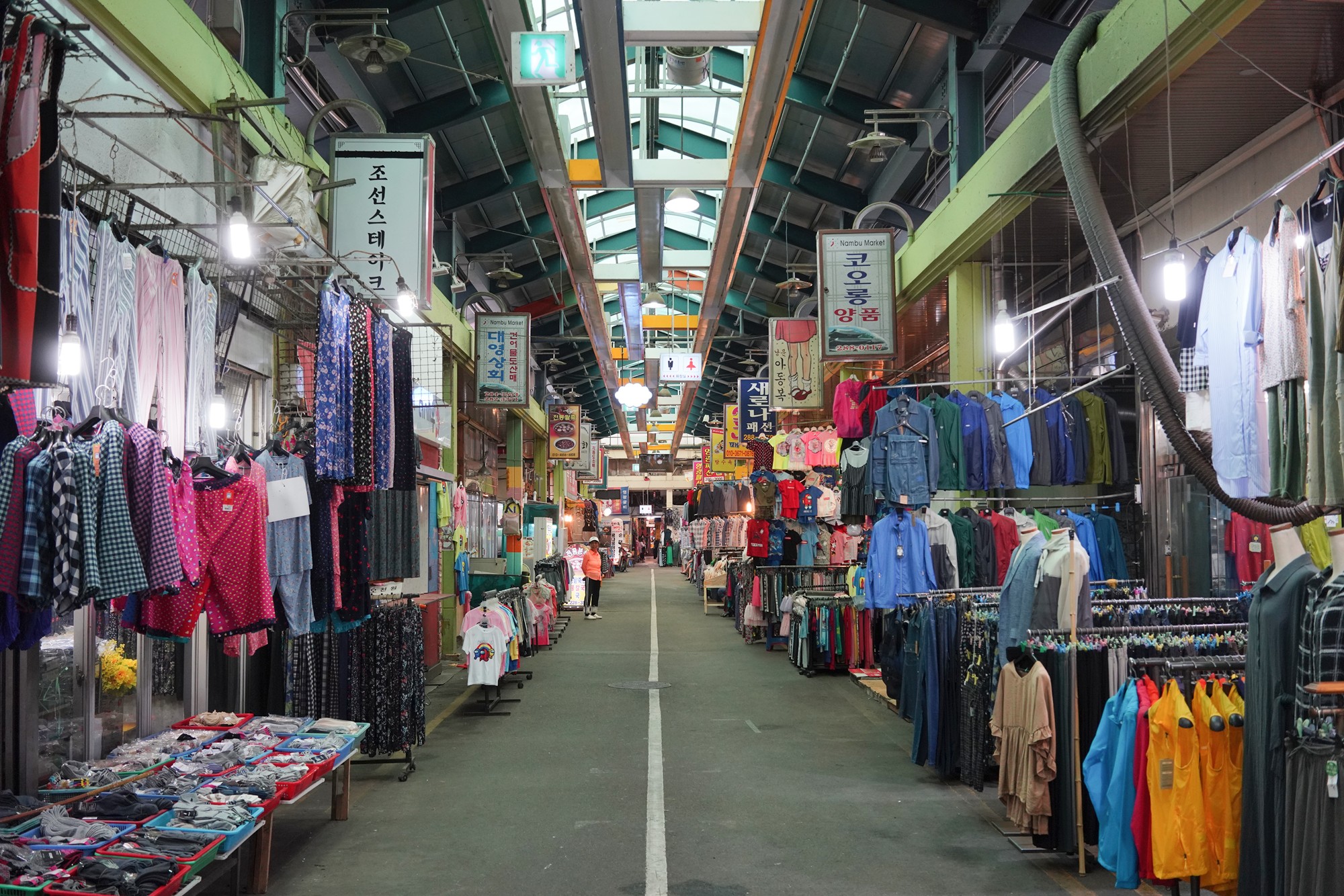
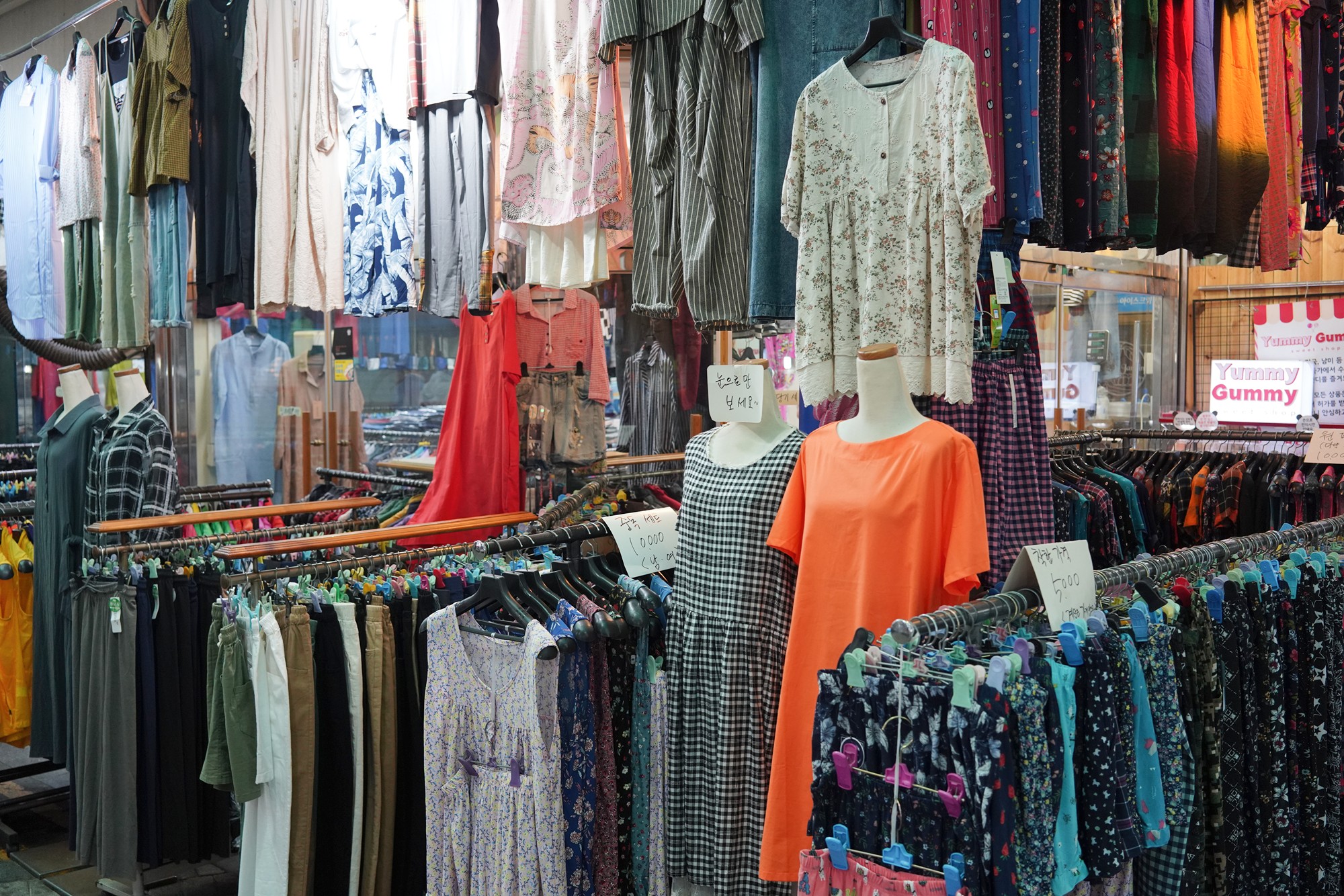
Out from the market and back to the Hanok Village. There are also many stores that rent Hanbok, Korean traditional clothes.
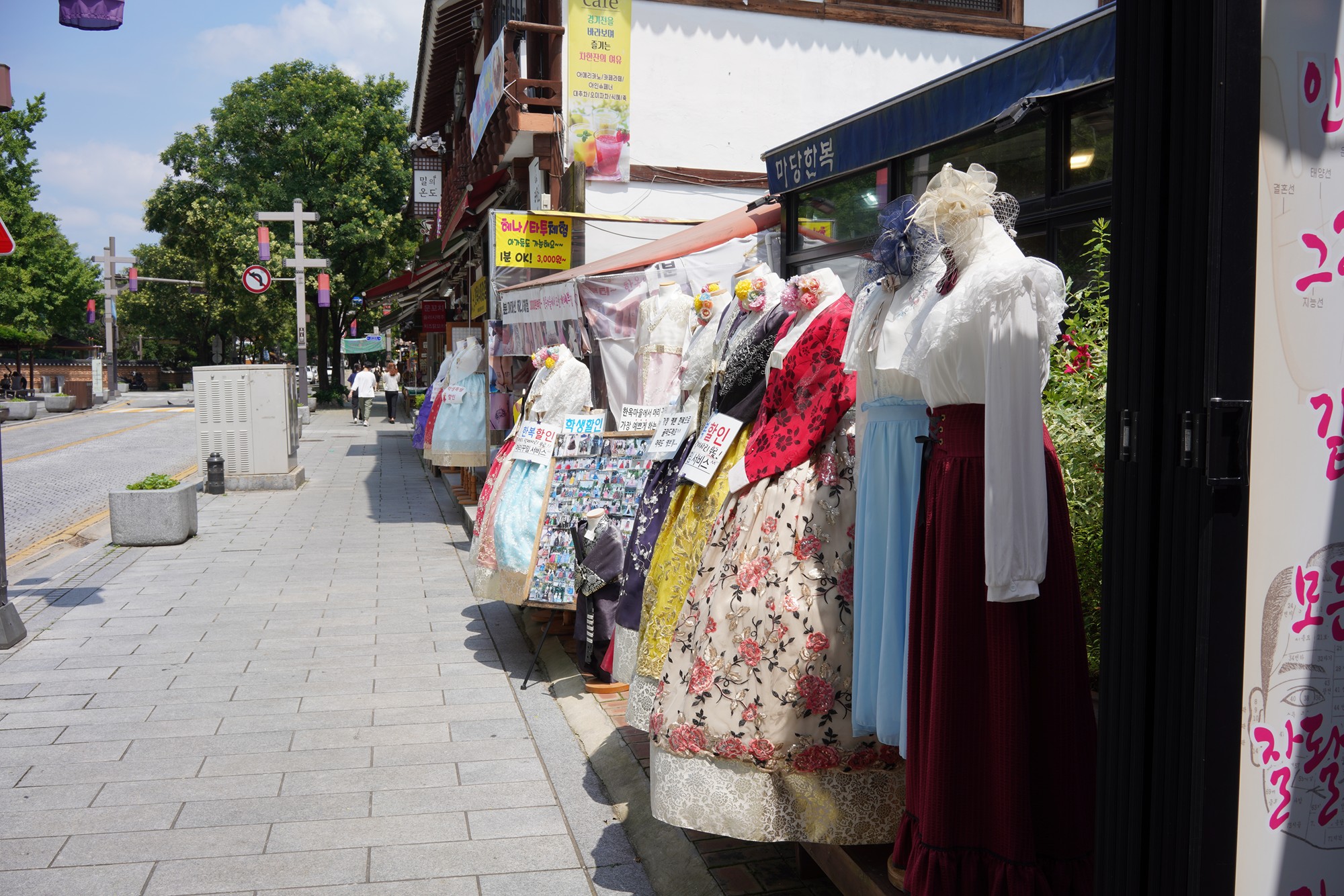
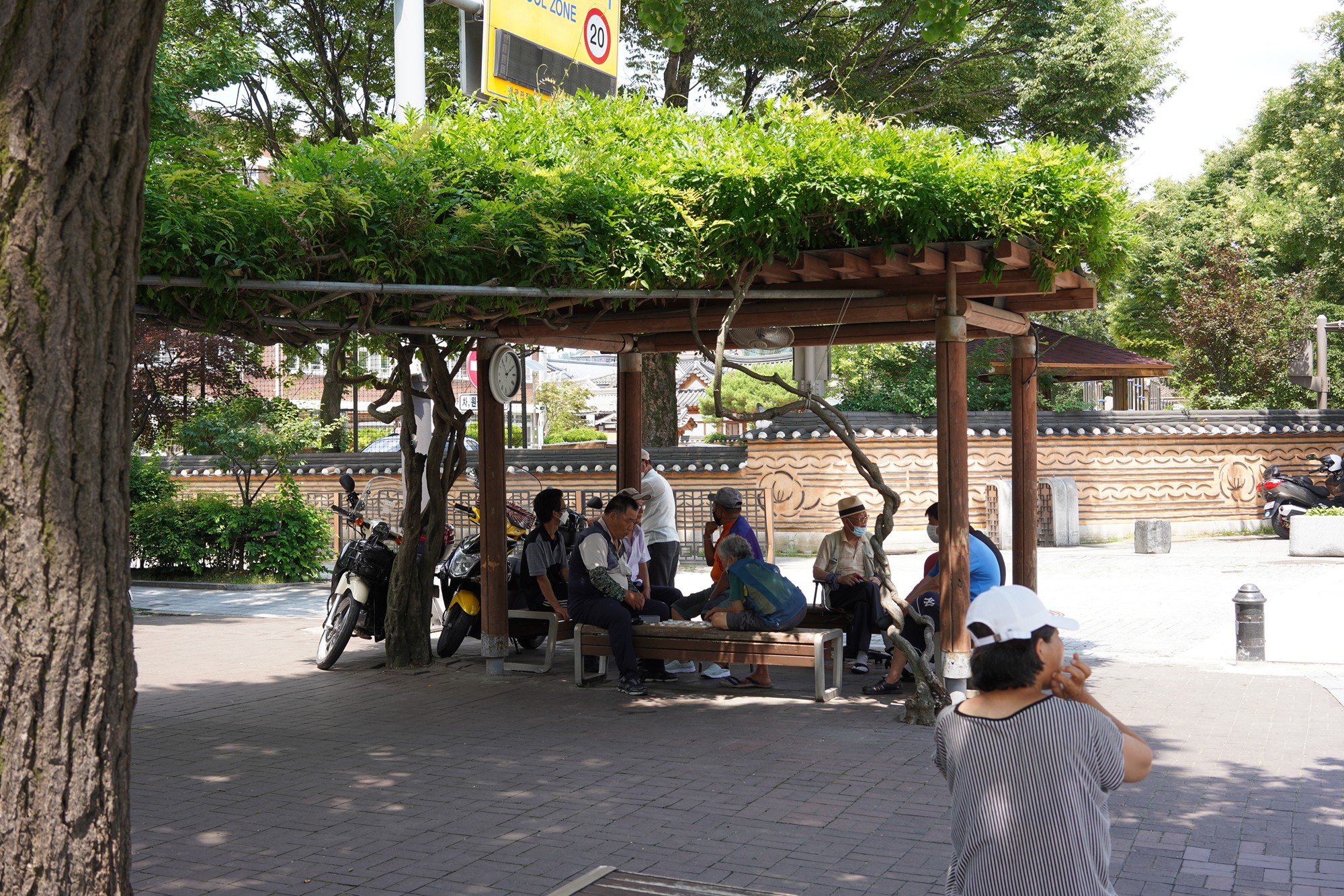

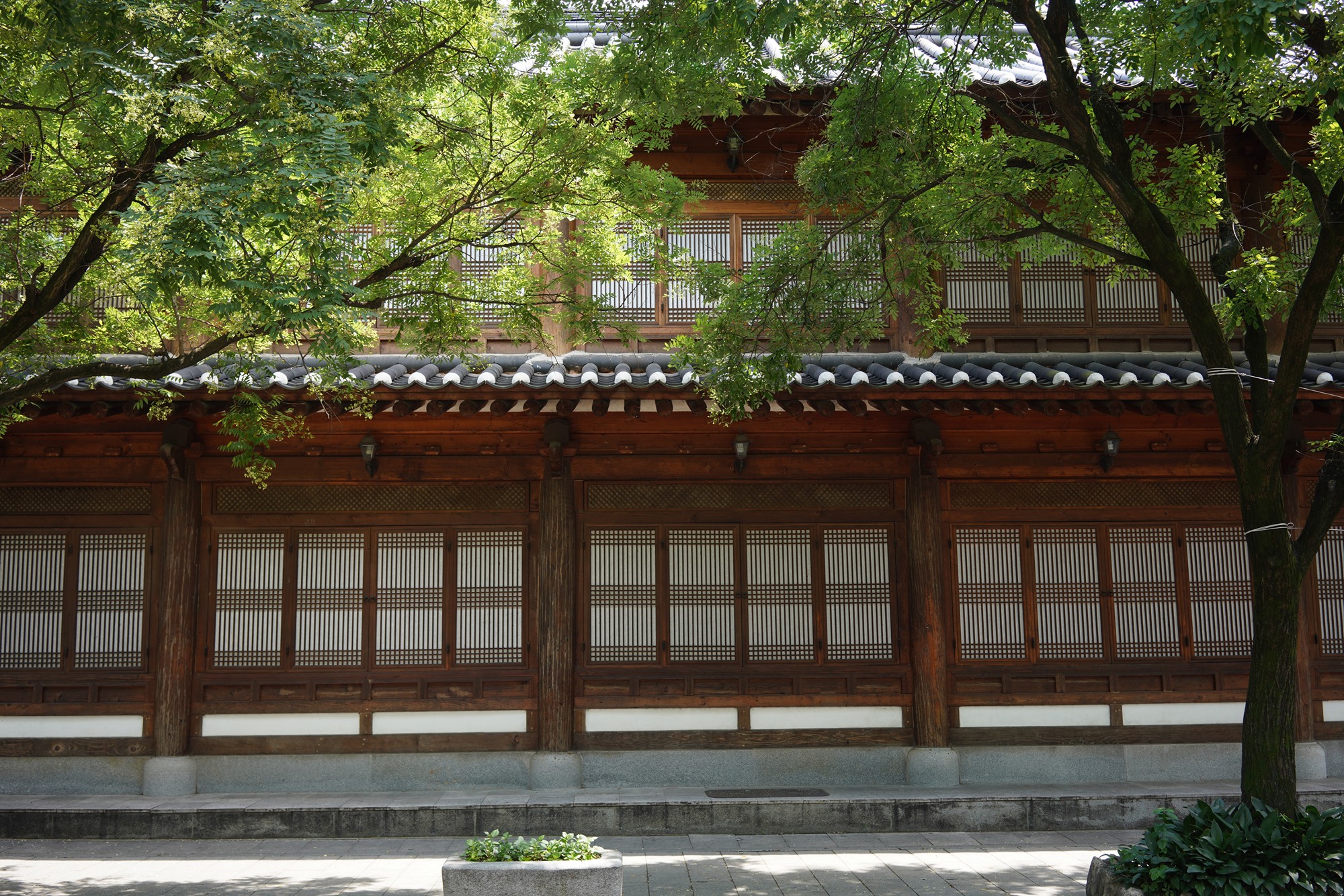
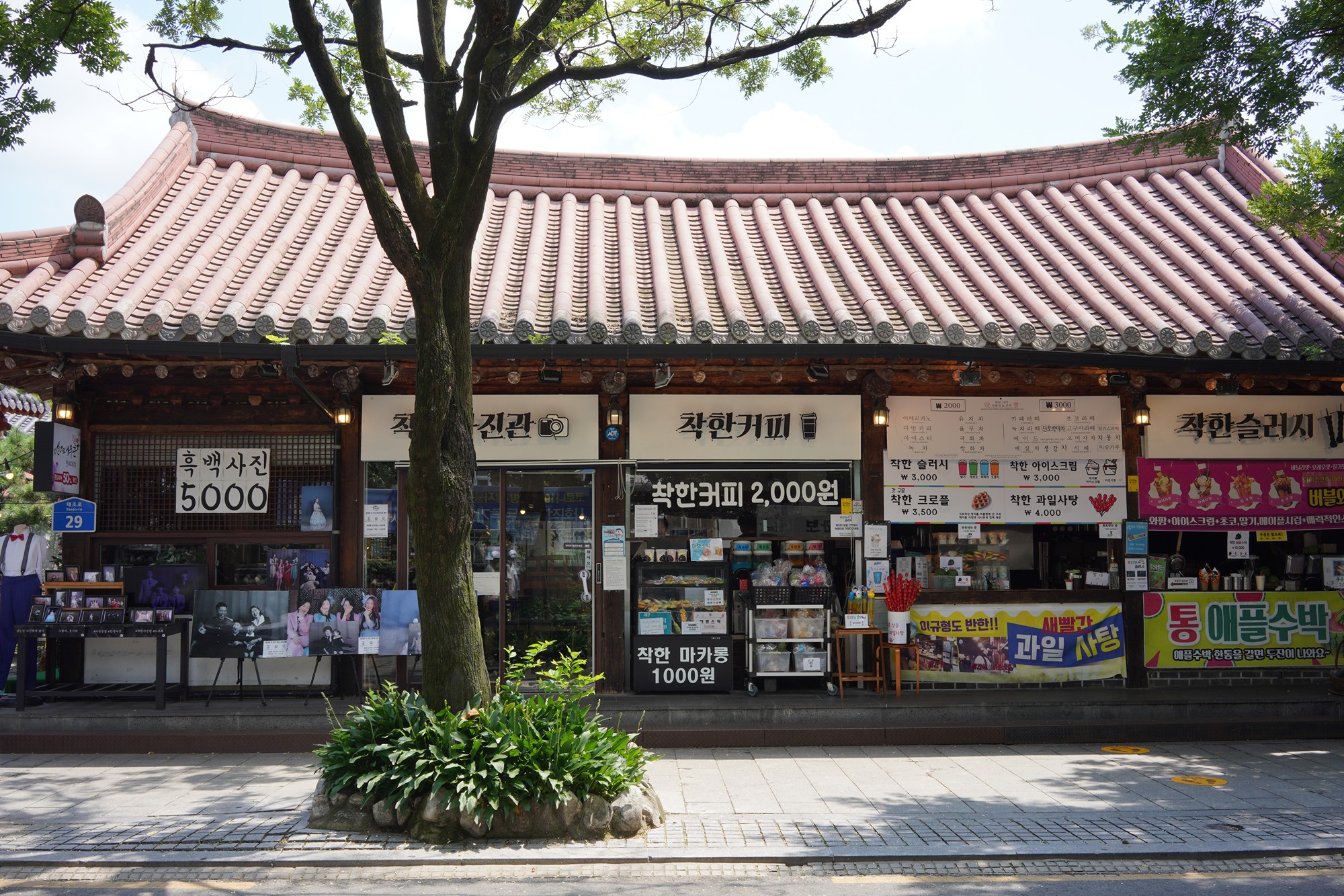
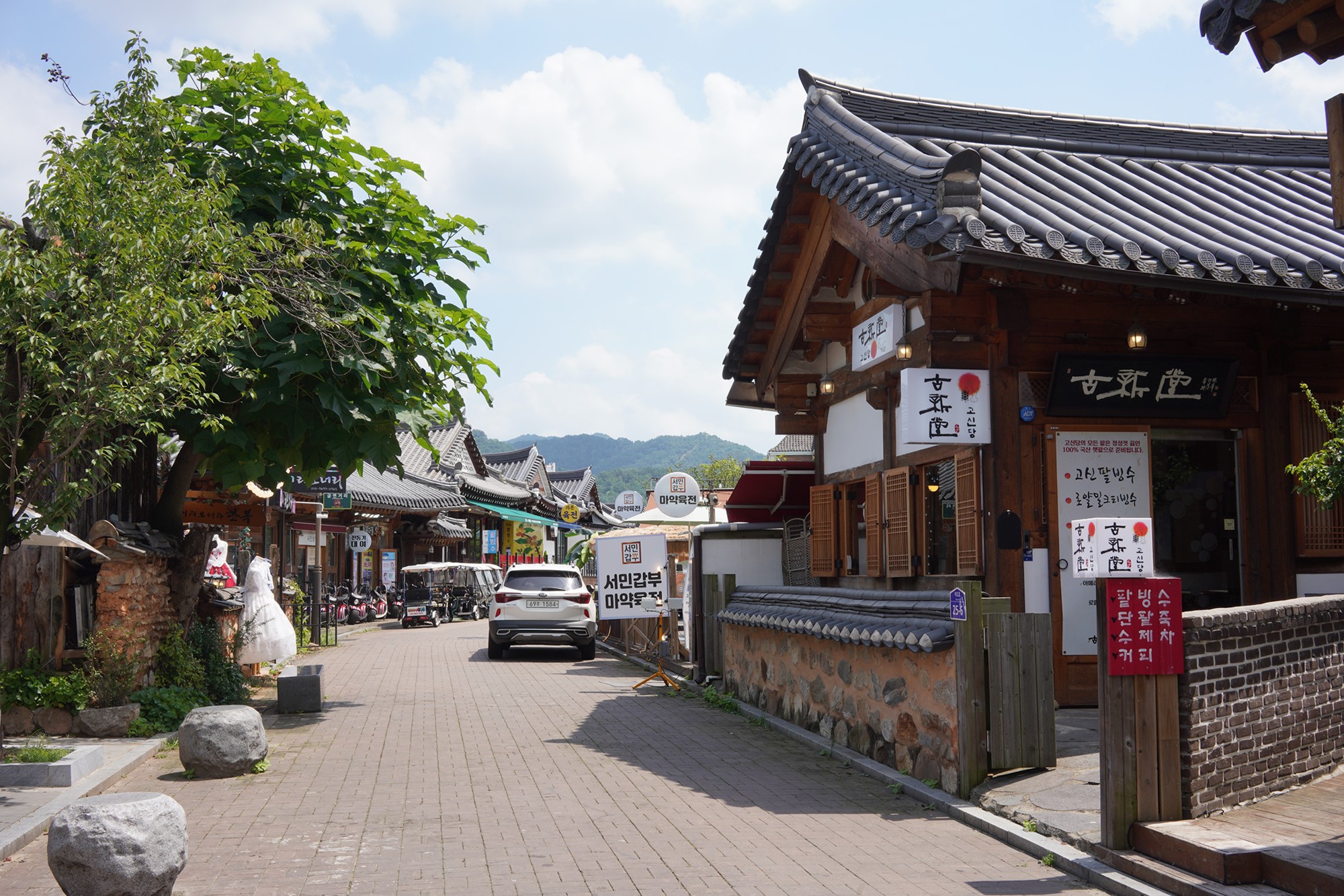
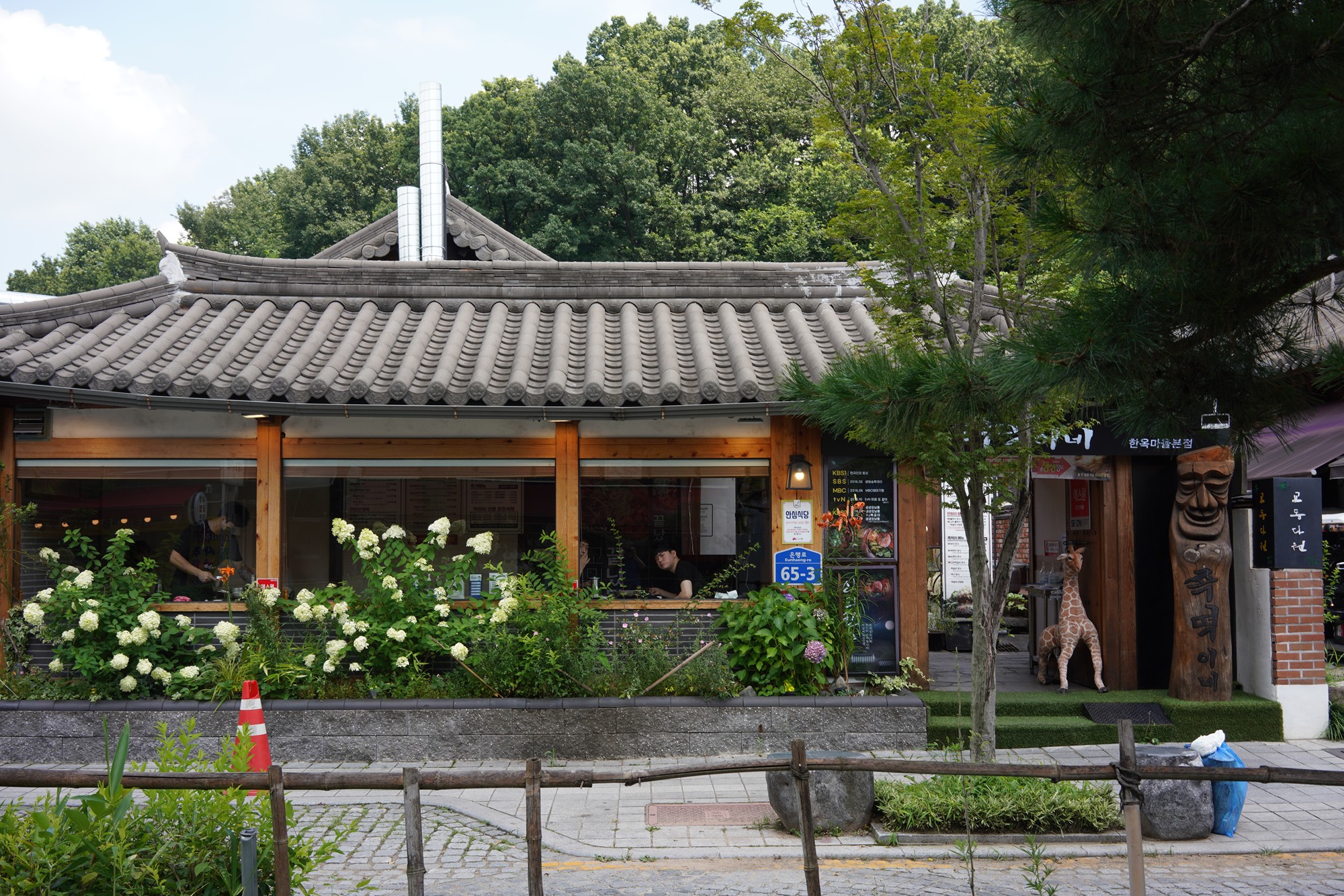
Going up to Omogdae, a high point to view the village.
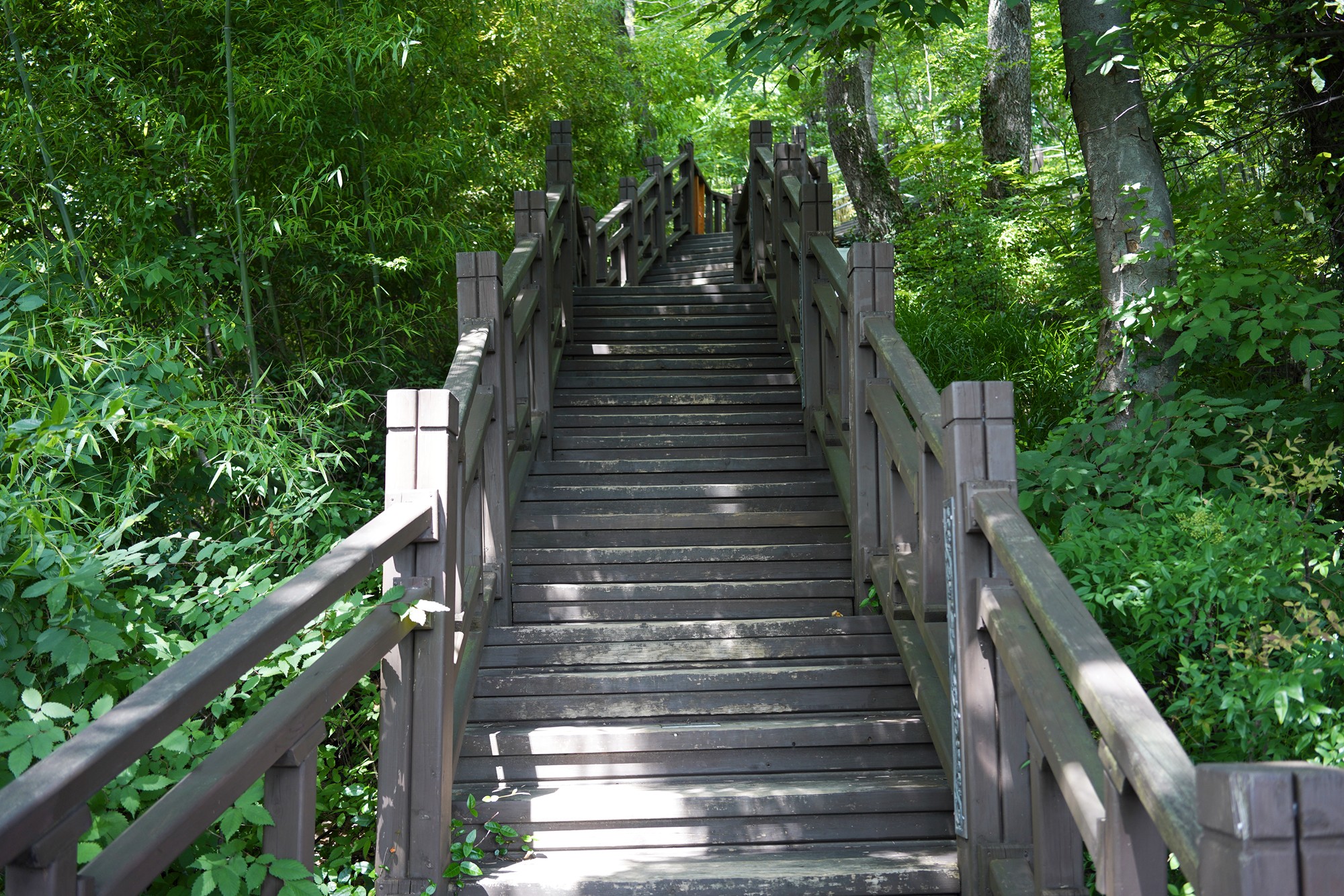
The view of the portion of the village.
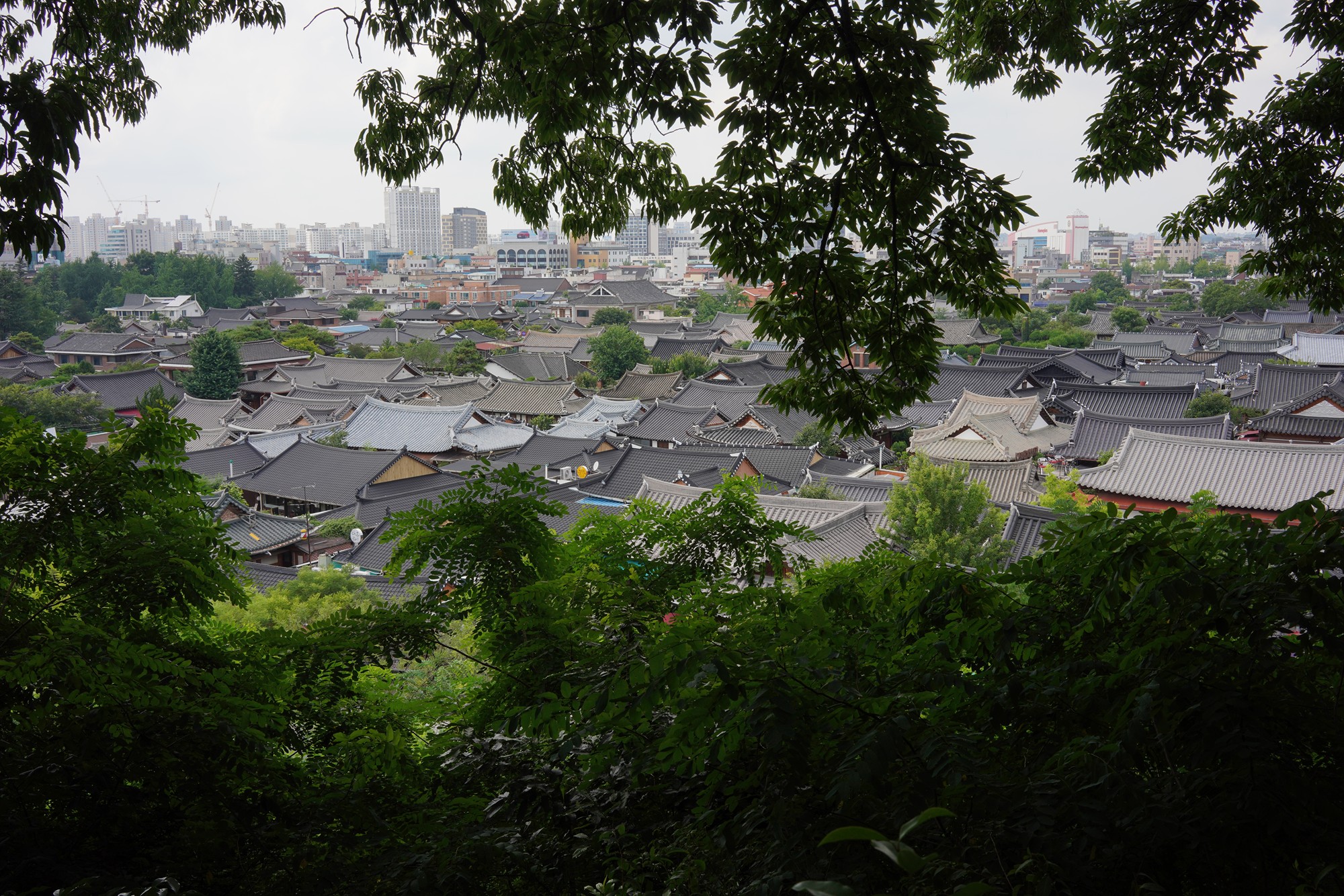
Jeonju Hyanggyo – A school established in the Joseon period. The school was closed for visitors due to Covid 19.
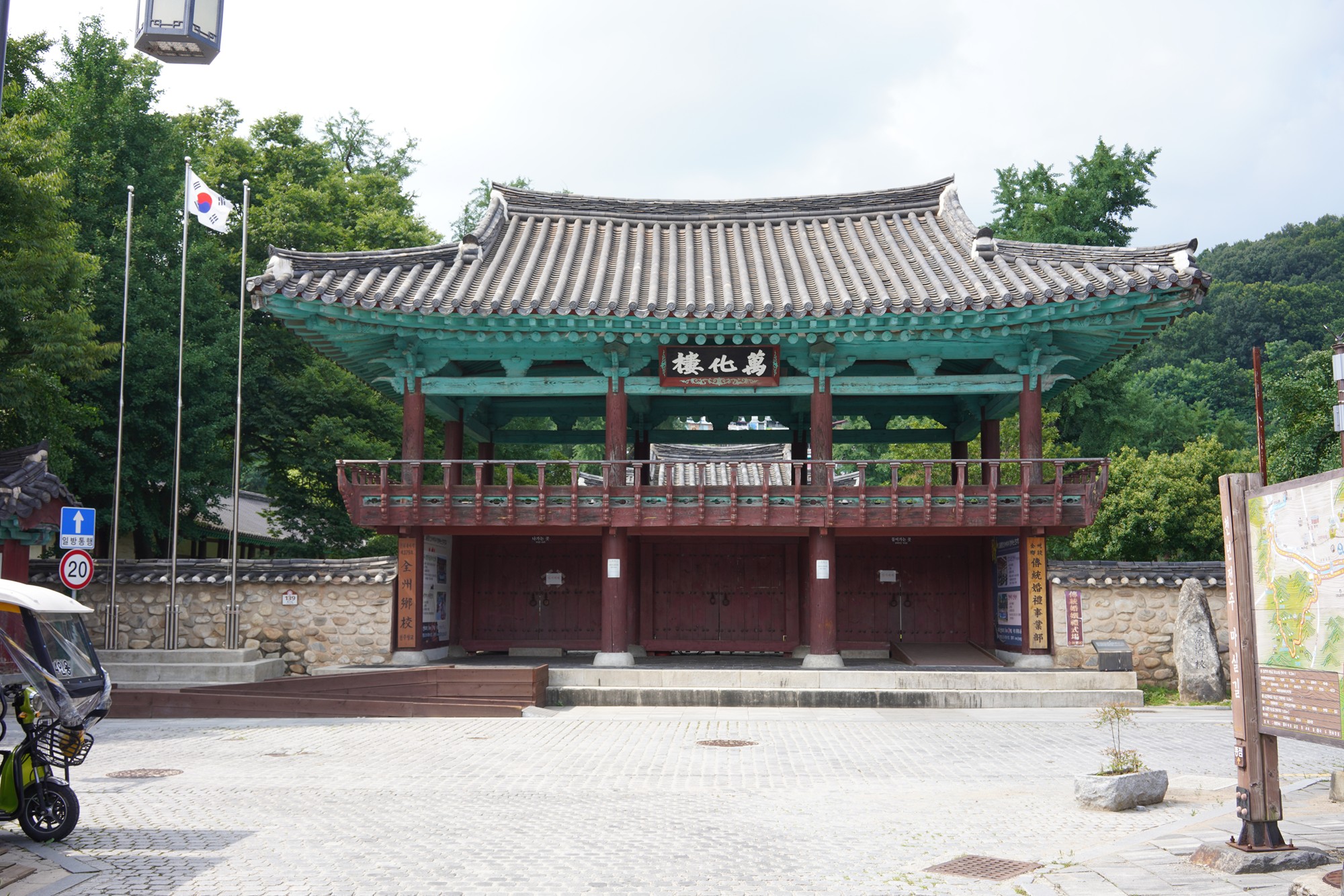
Other traditional buildings near Jeonju Hyanggyo.
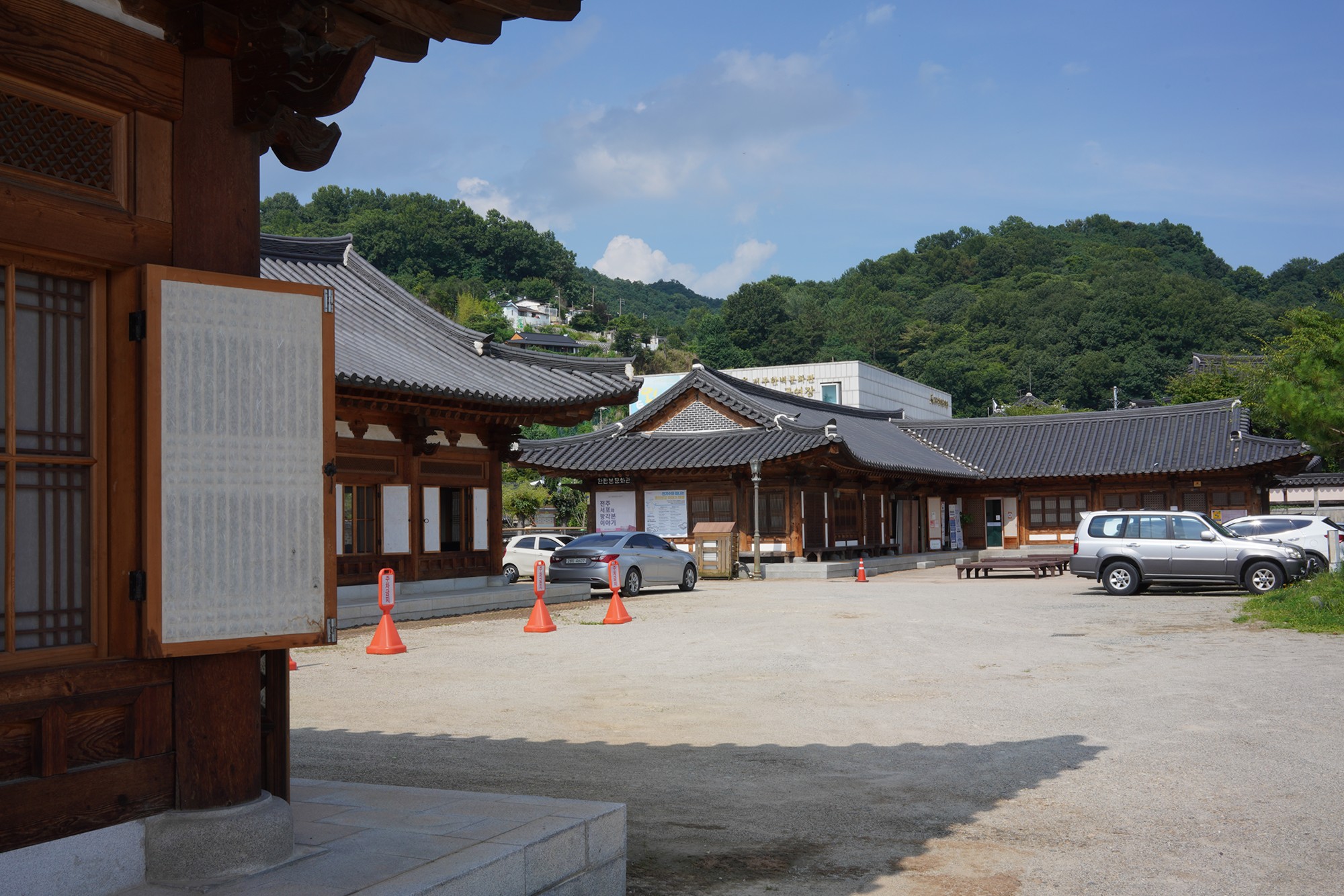
Another place nearby the village is Jaman Mural Village, where the sidewall of the town is painted.
